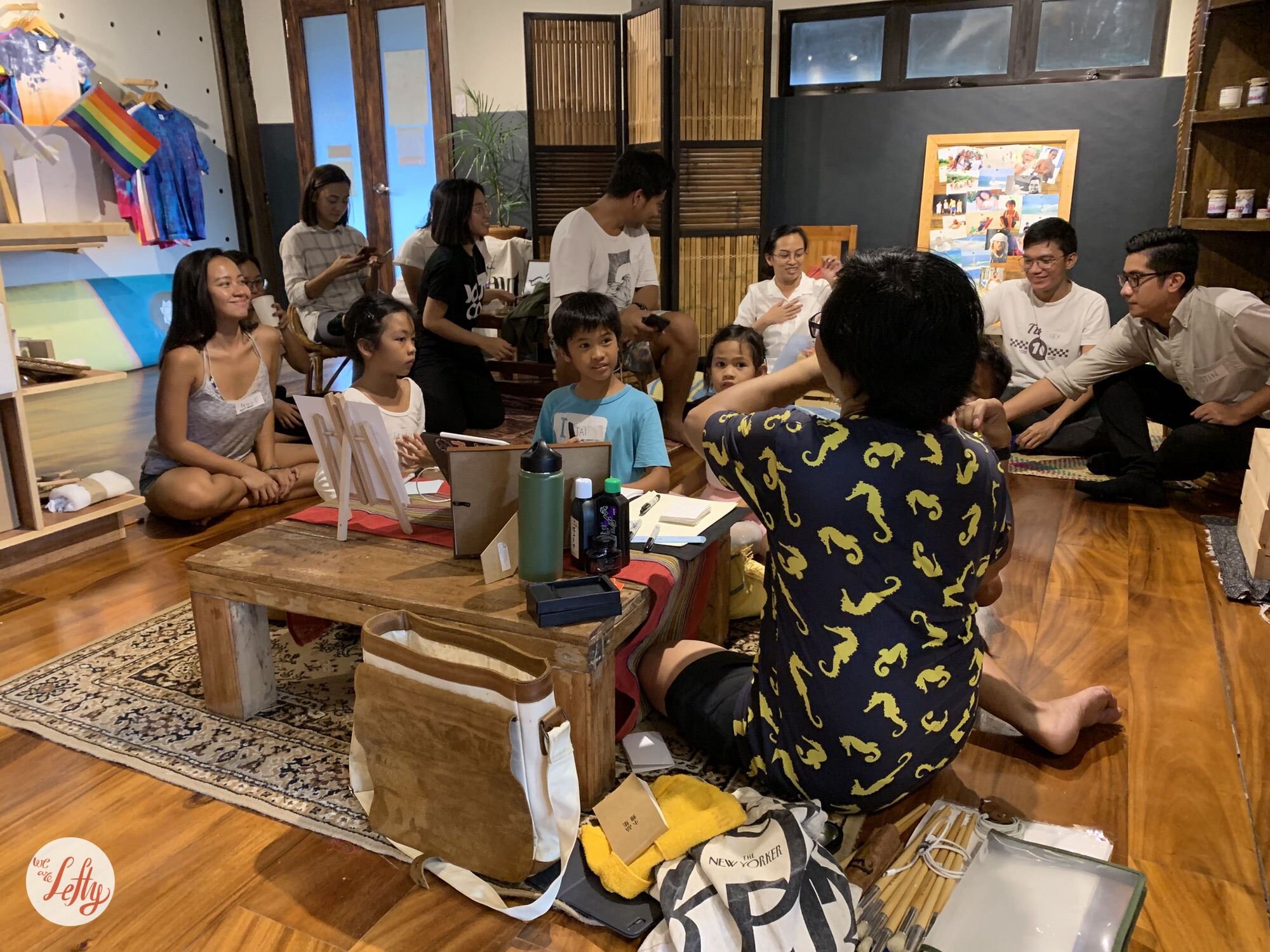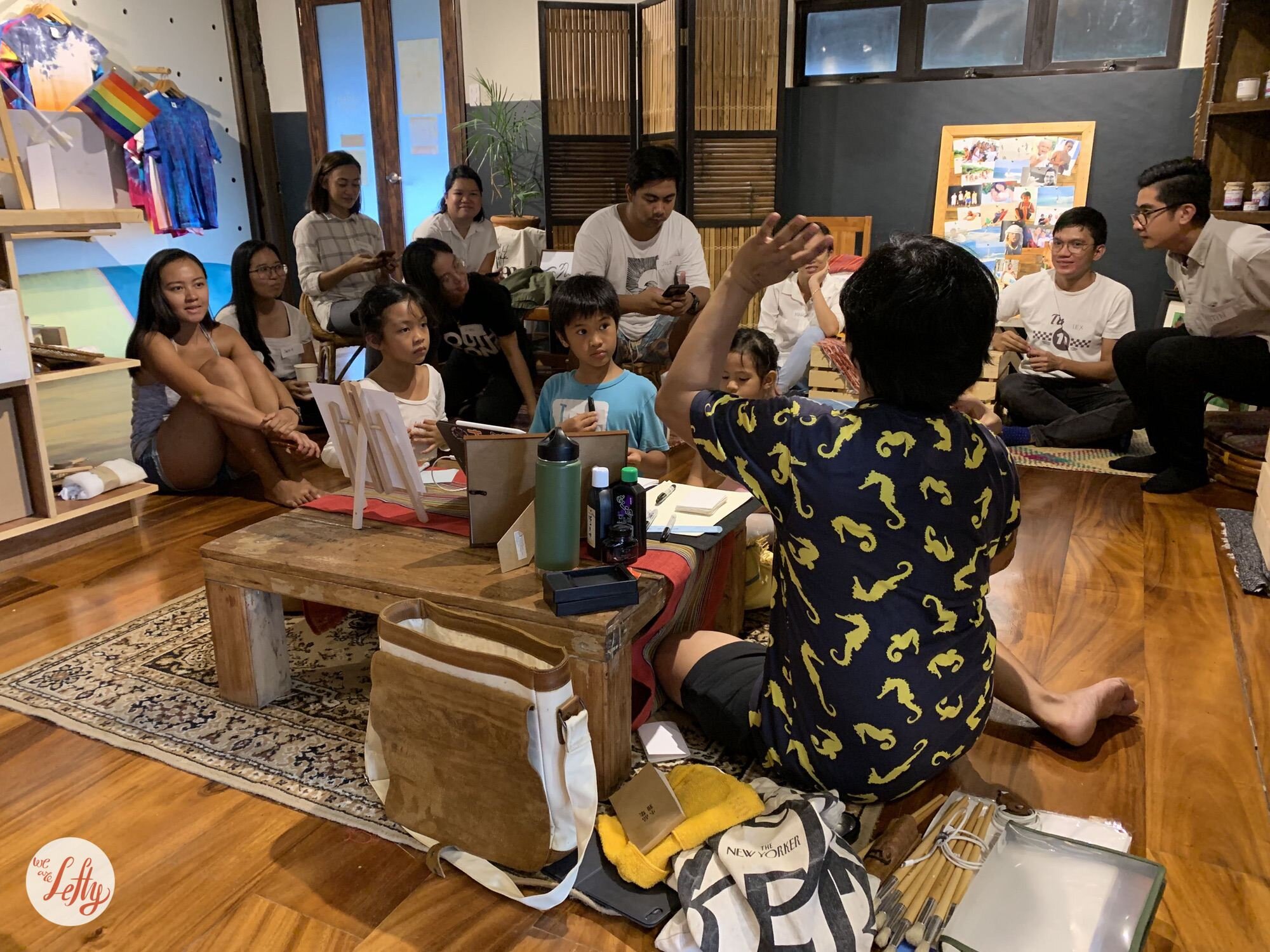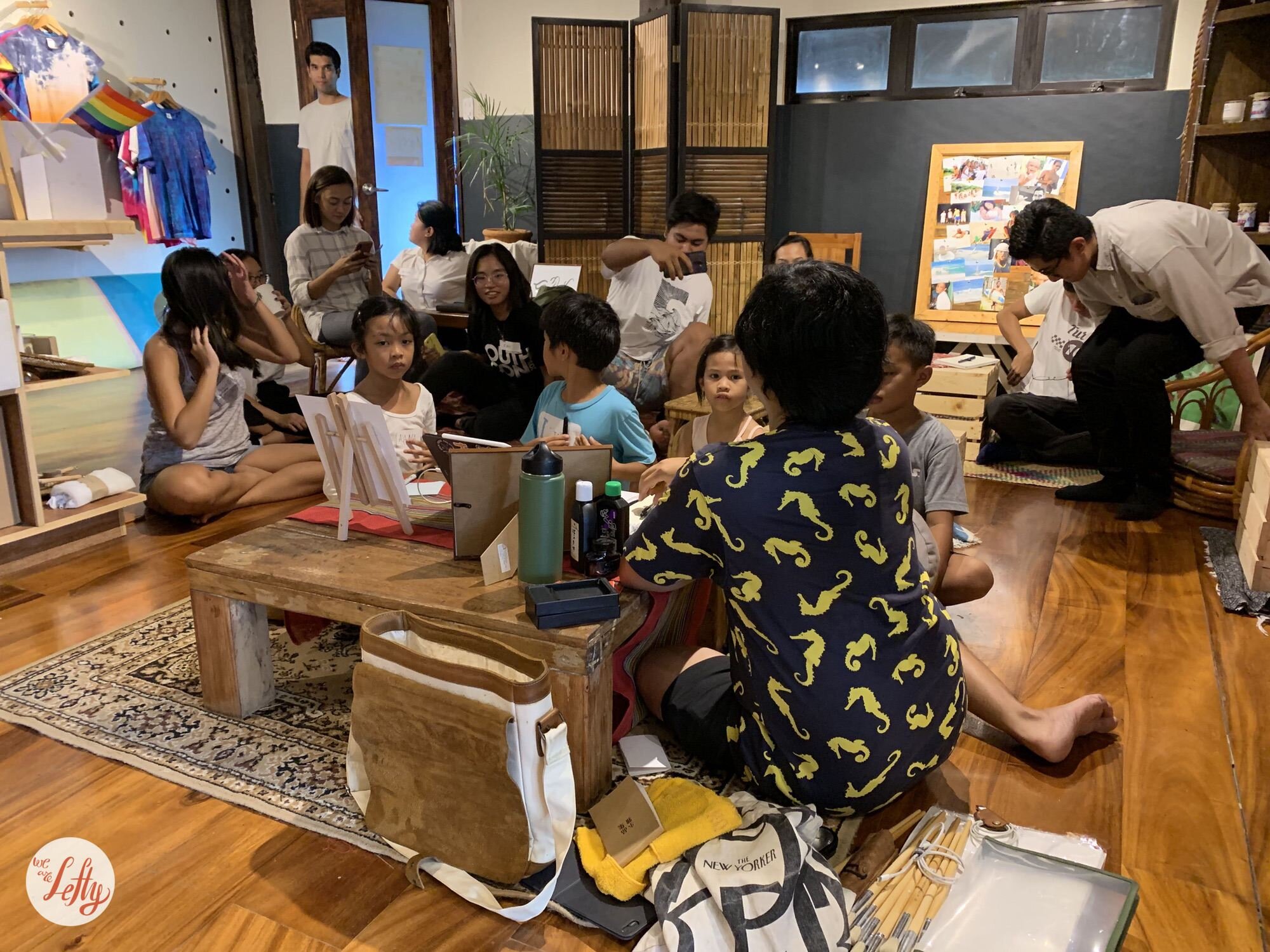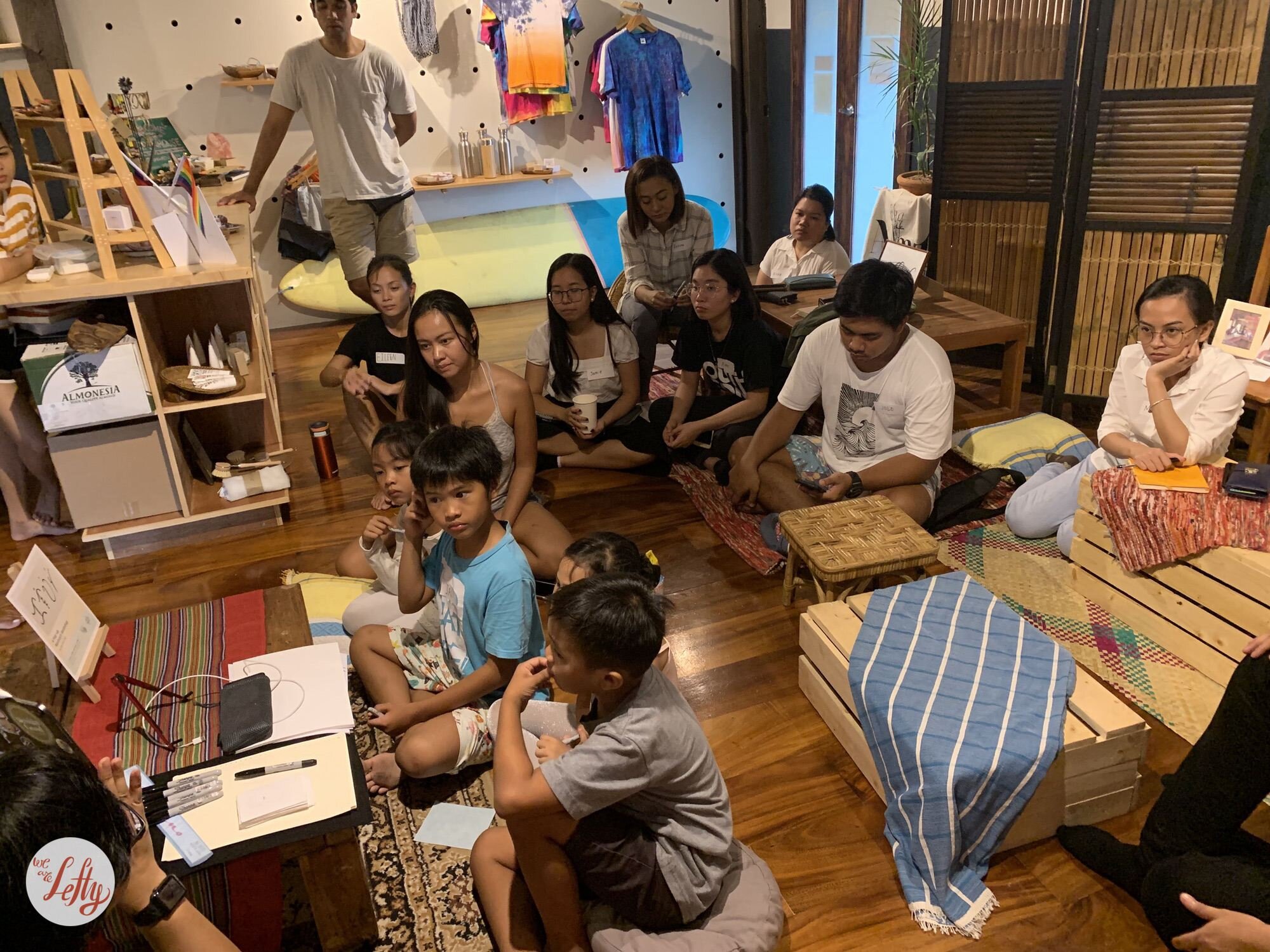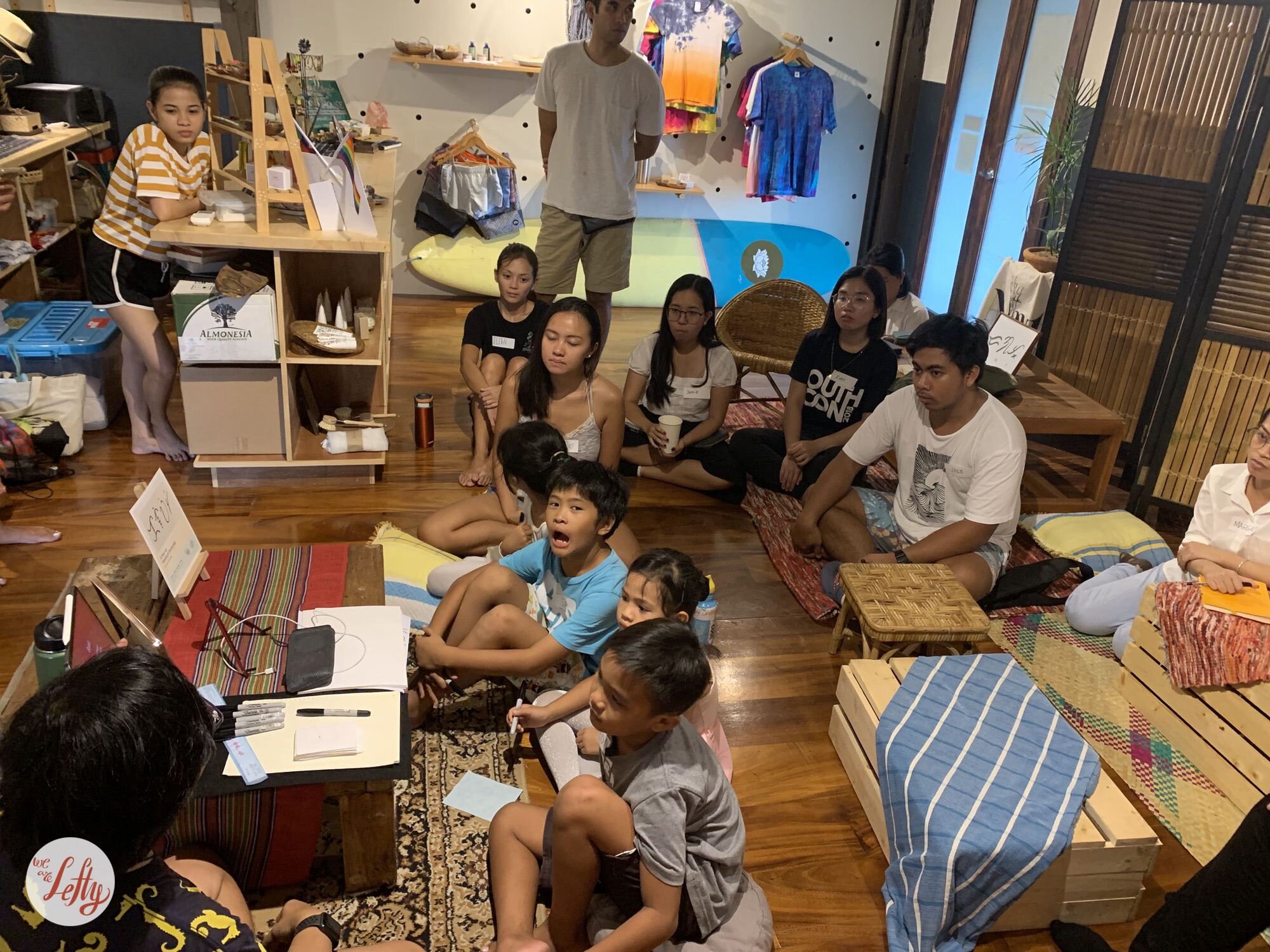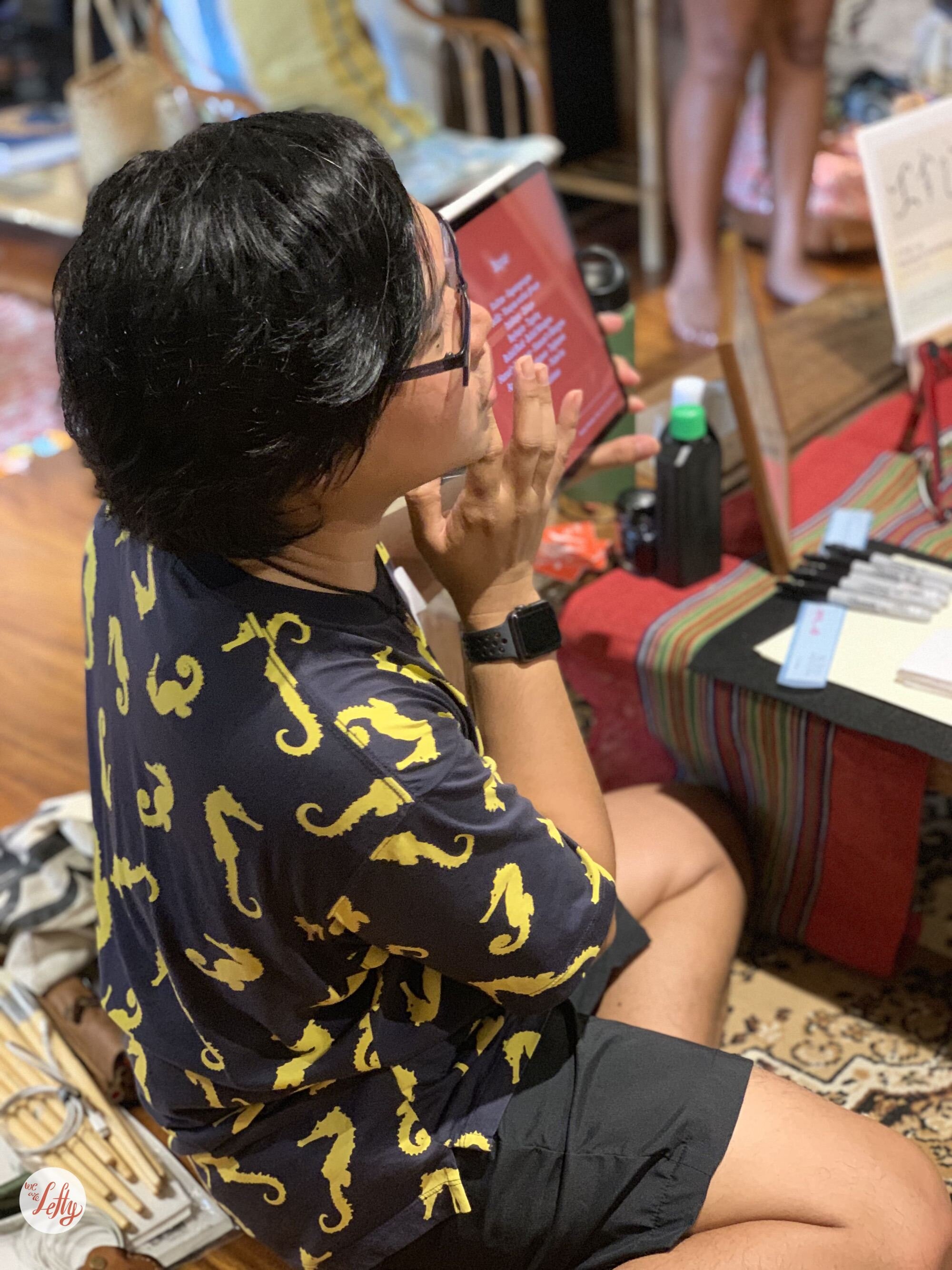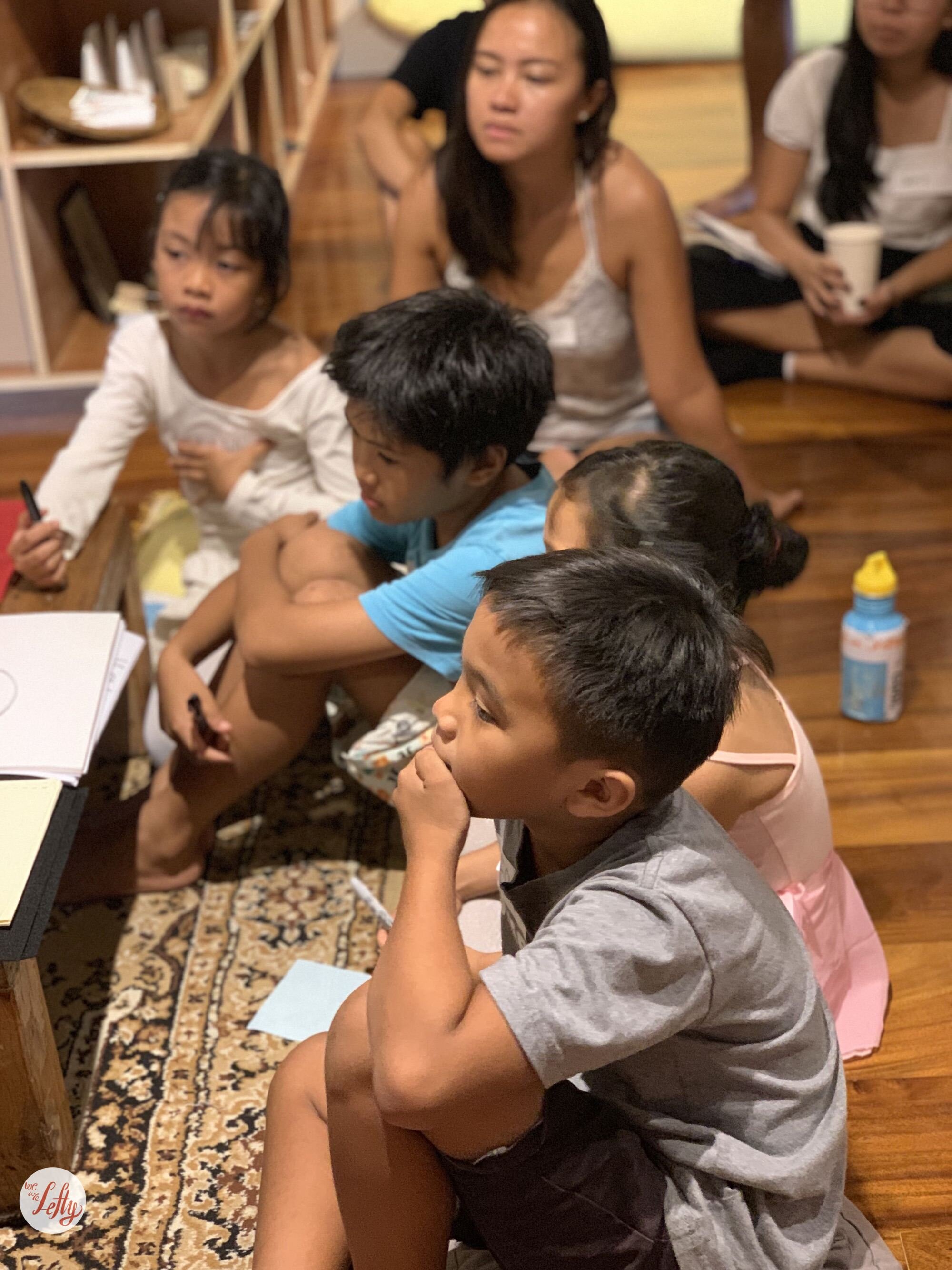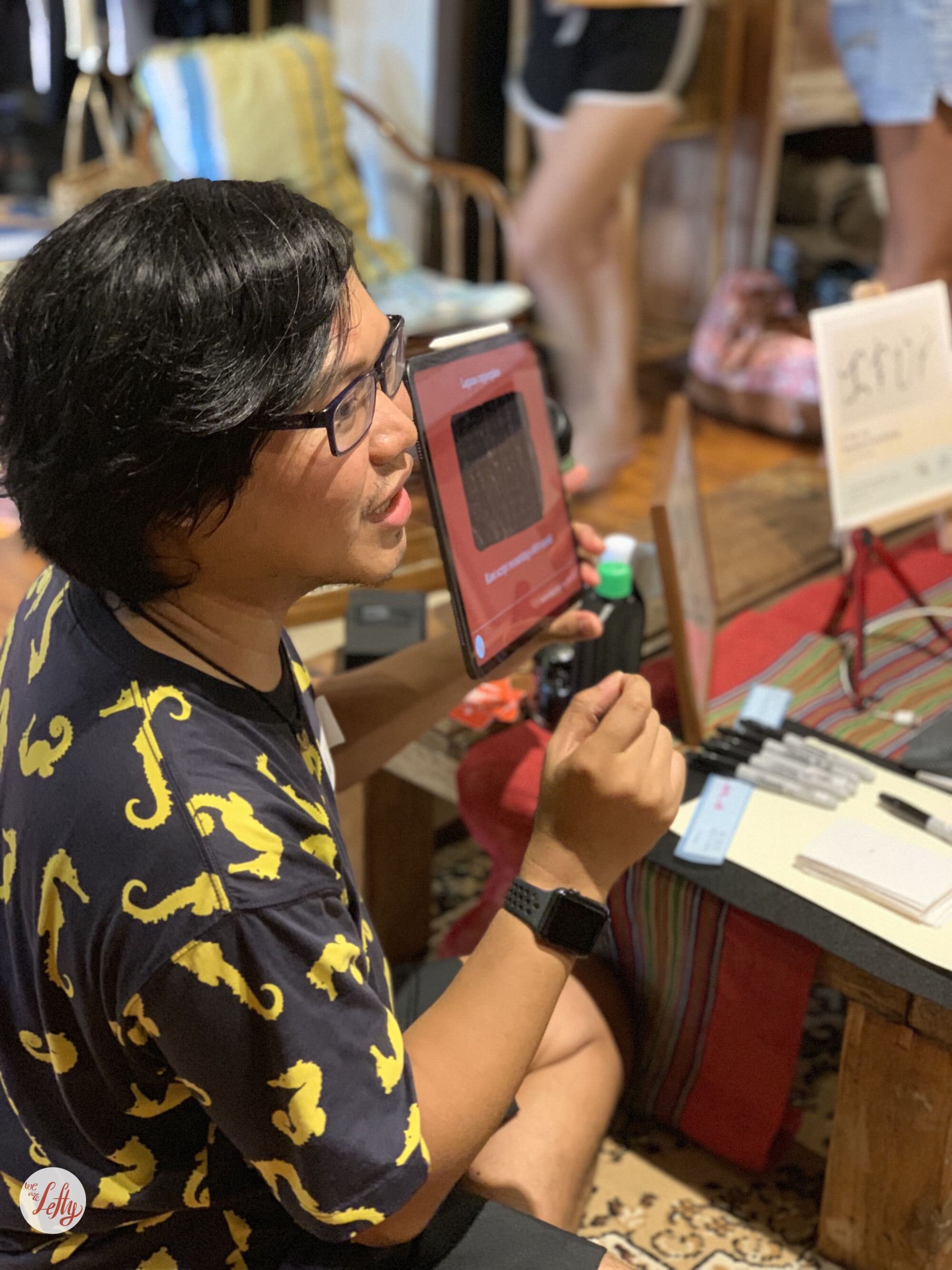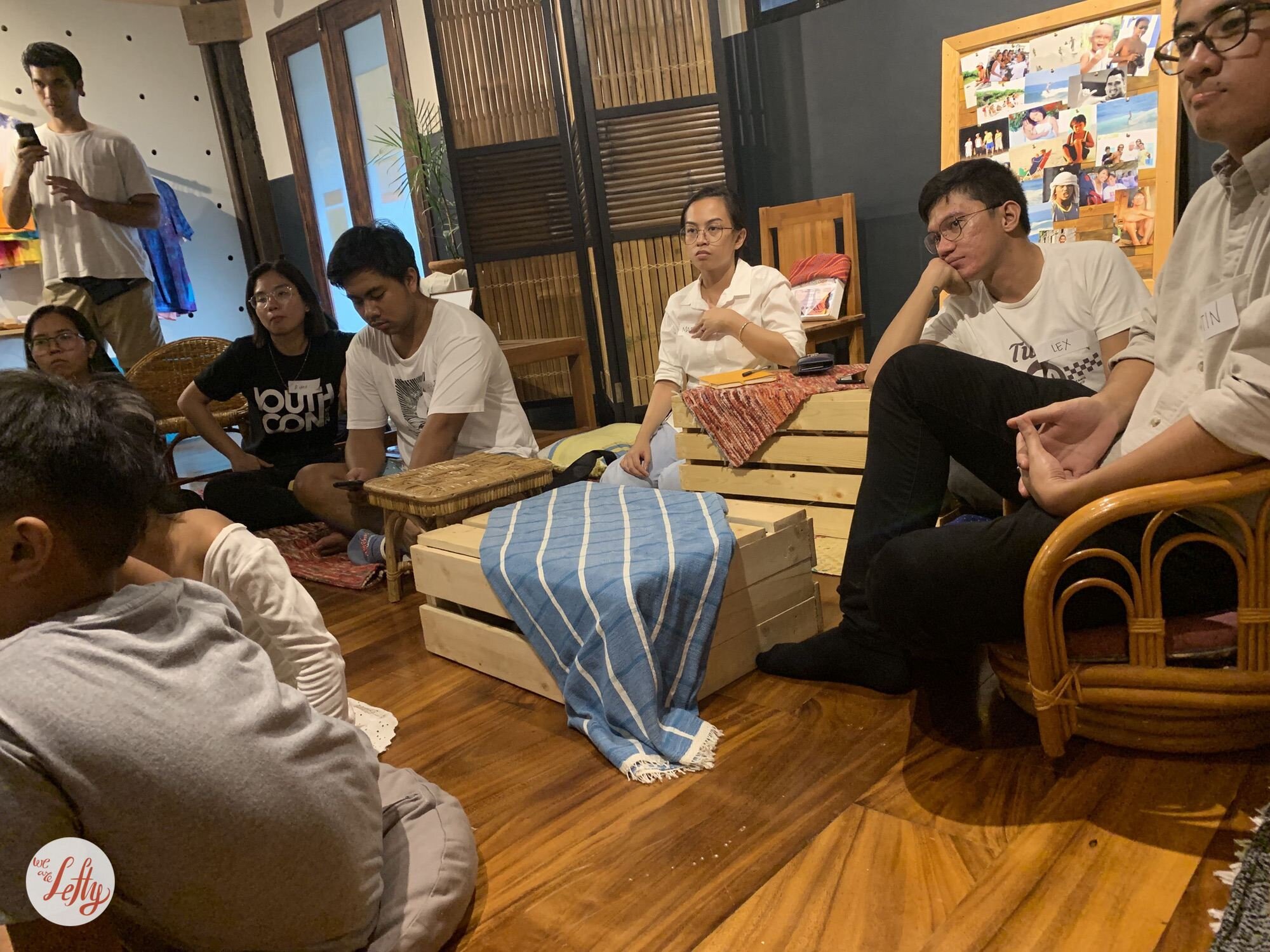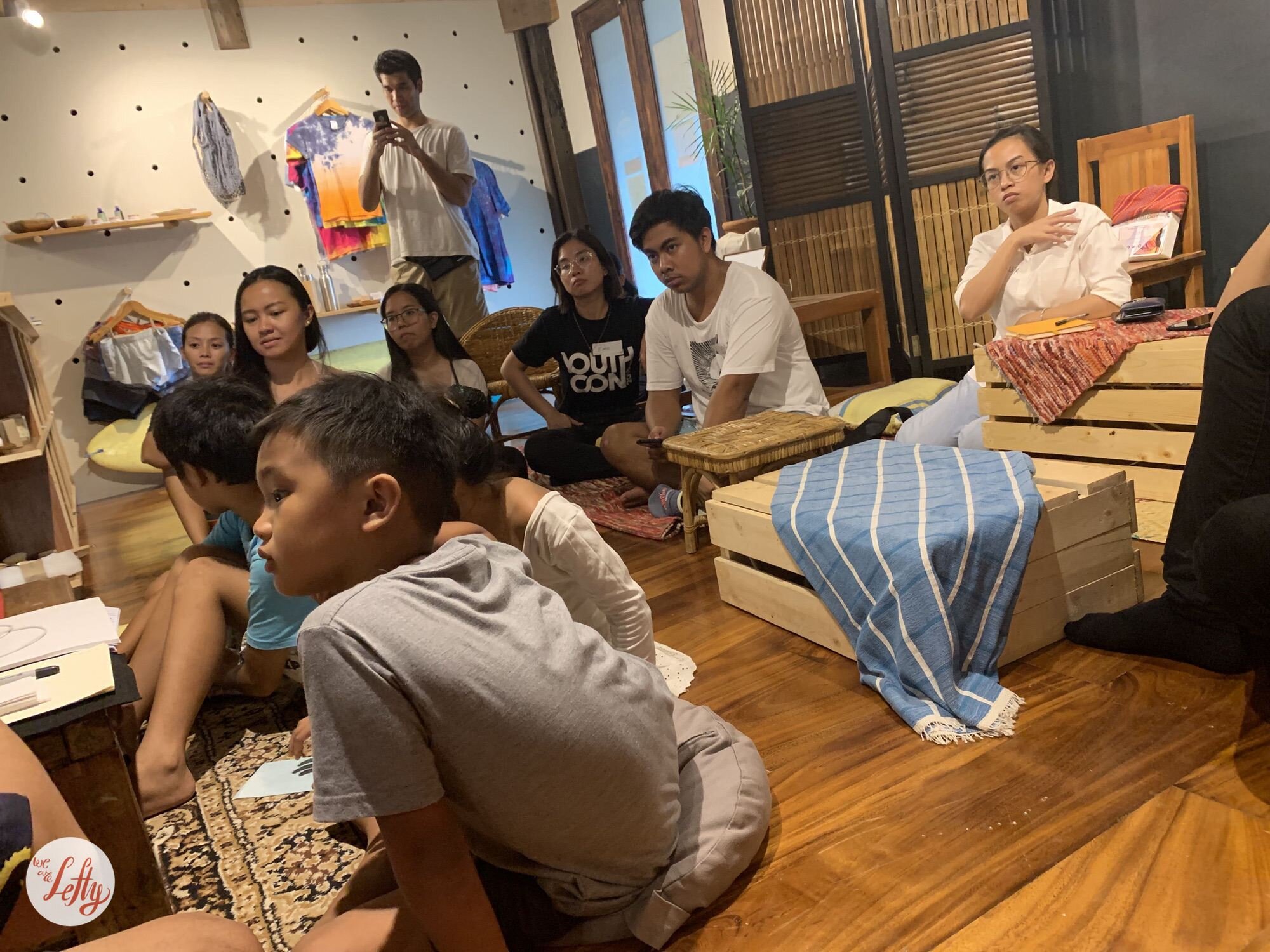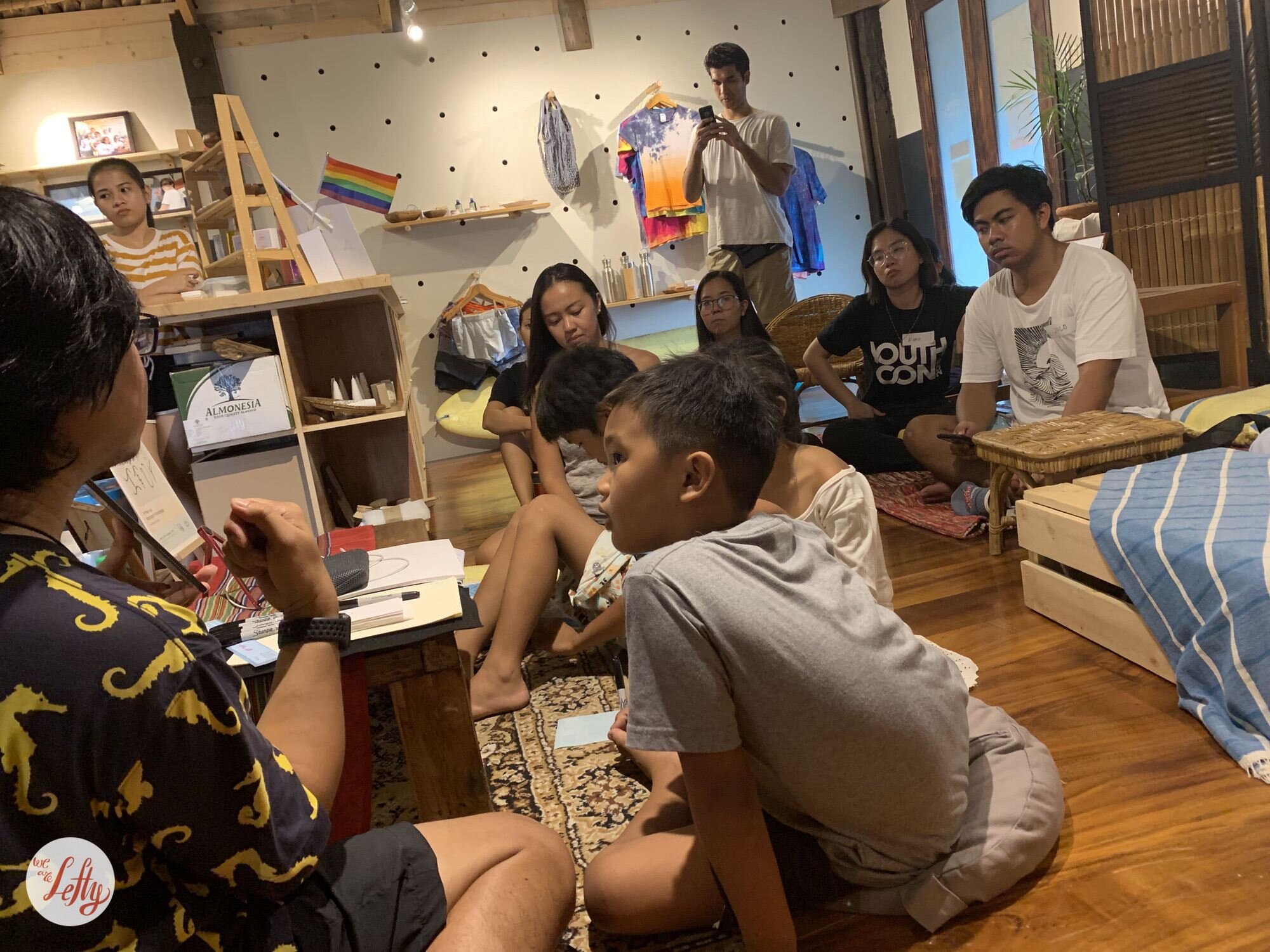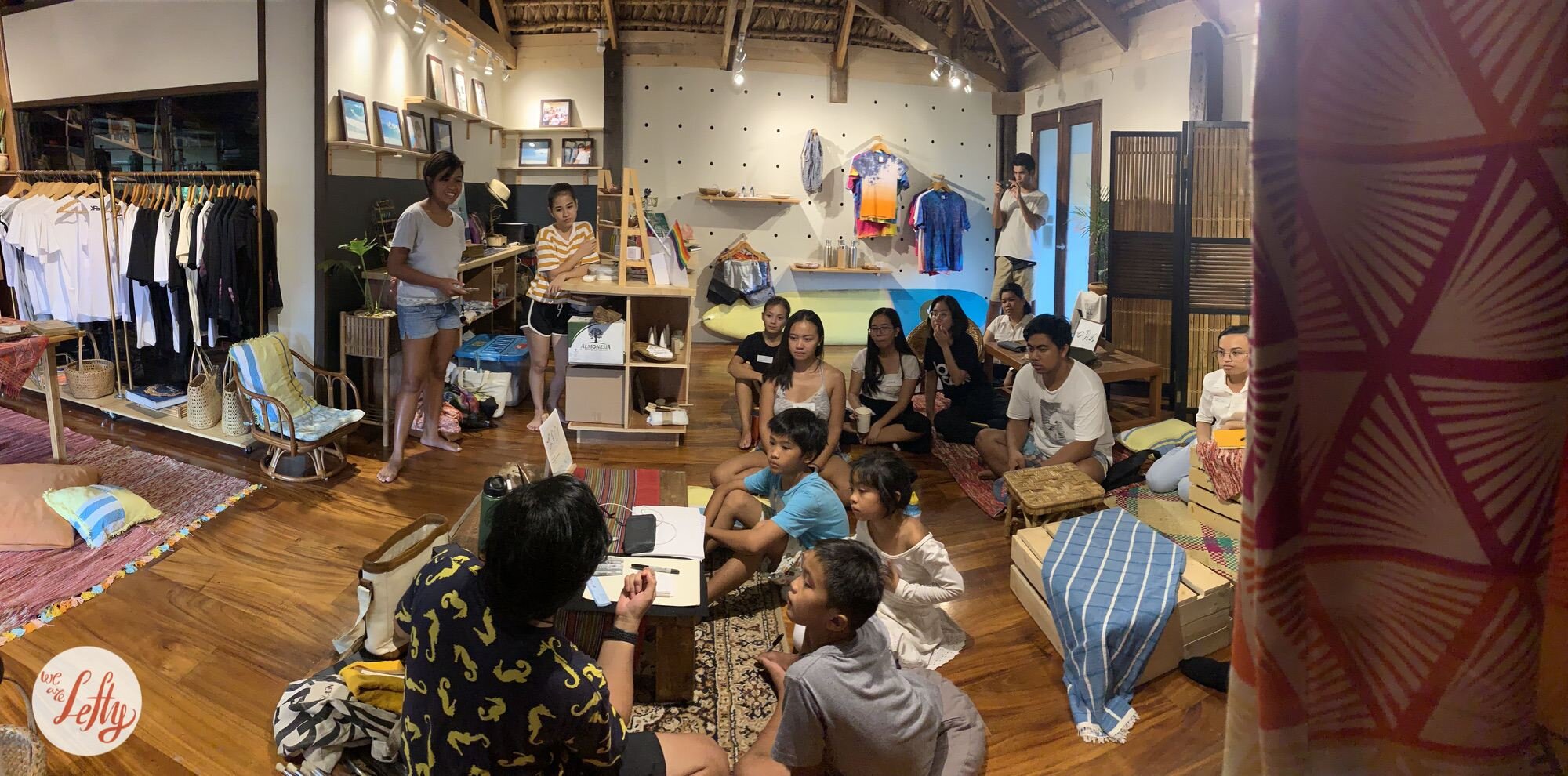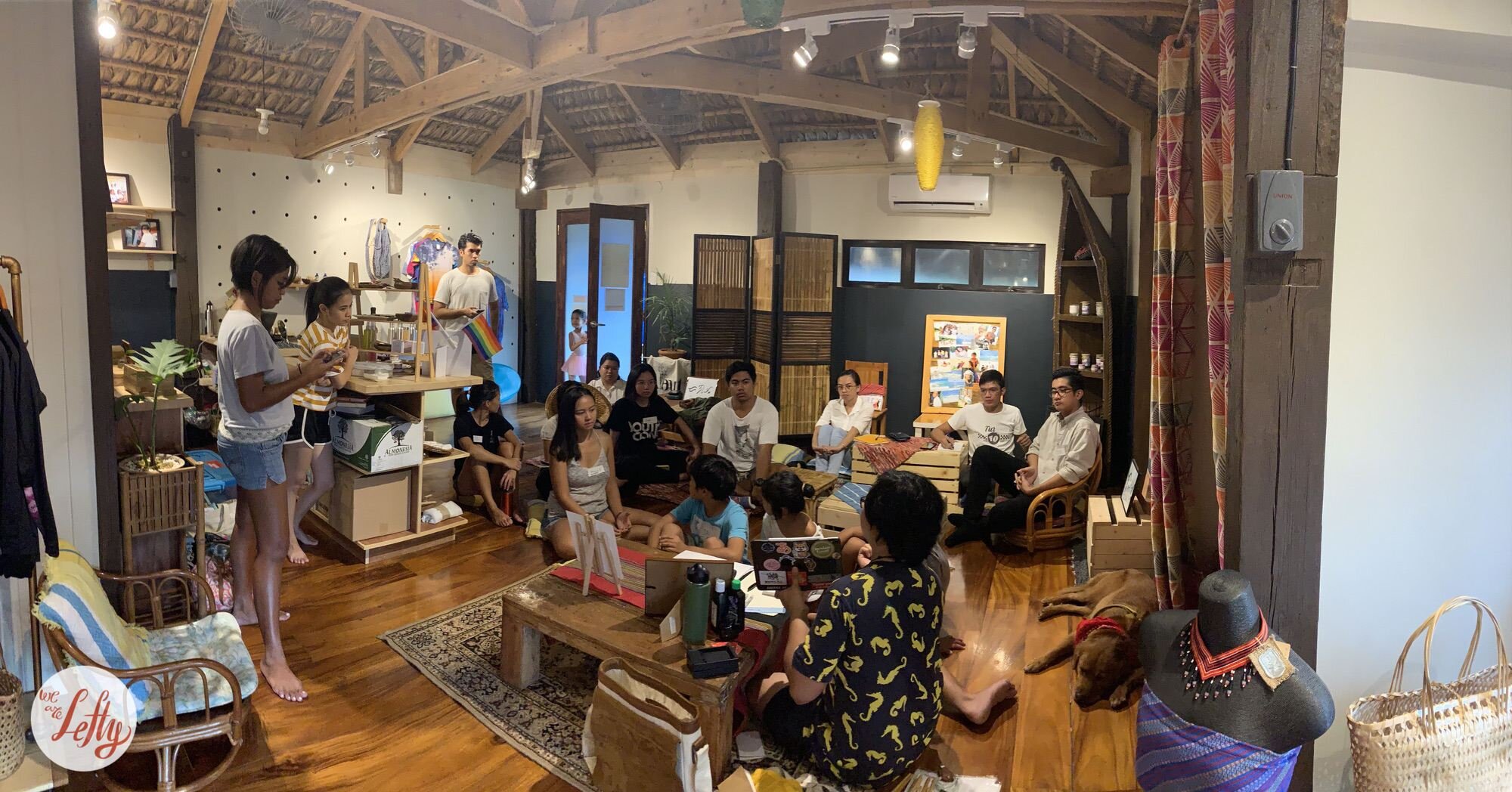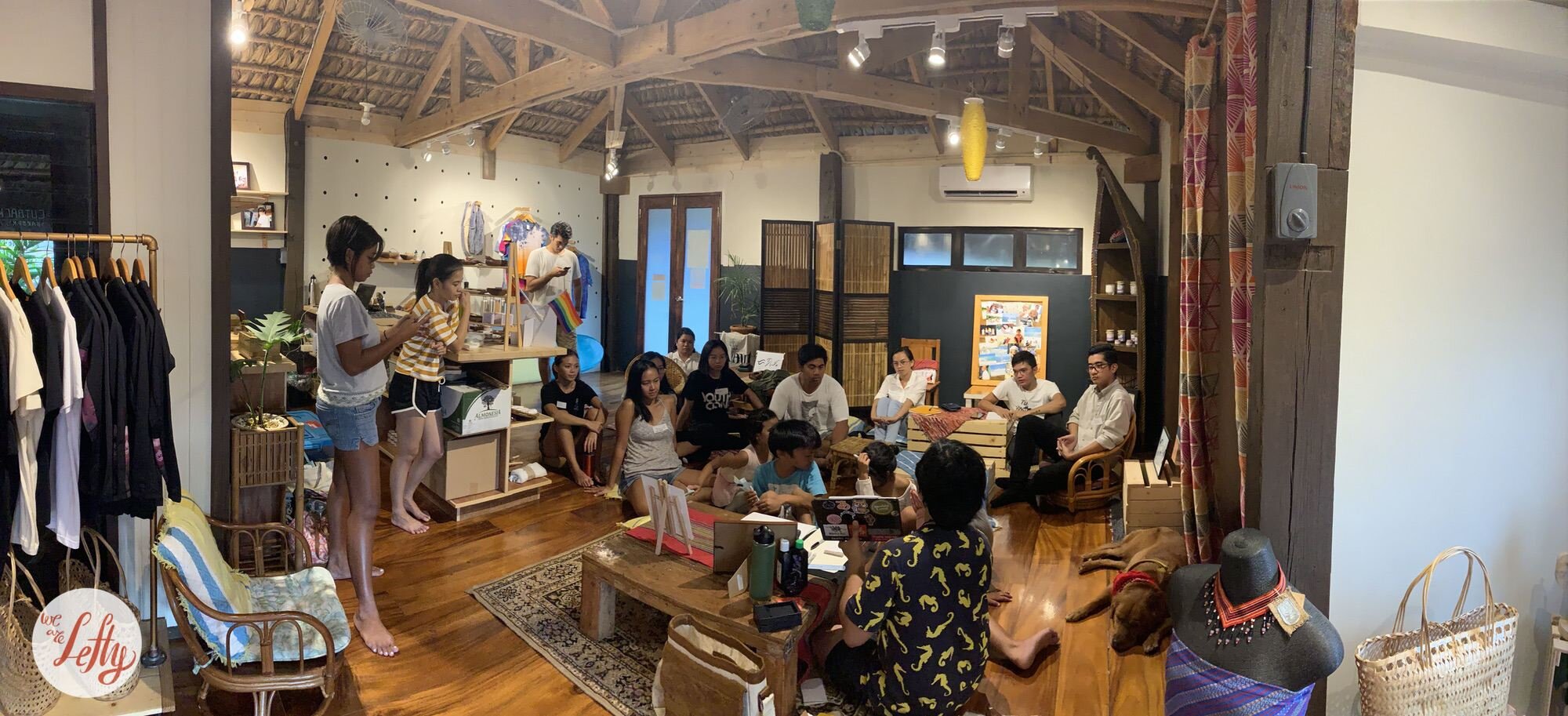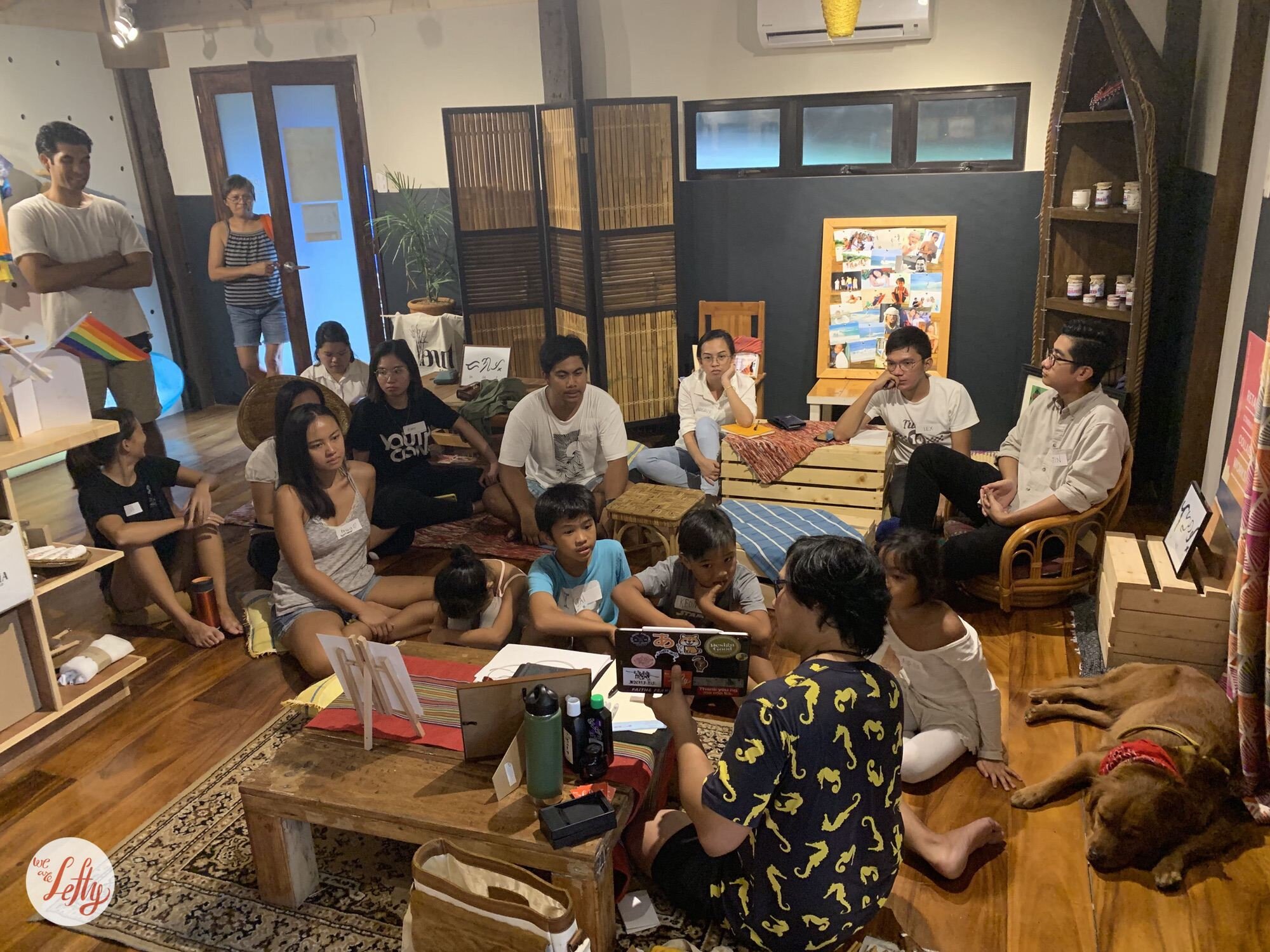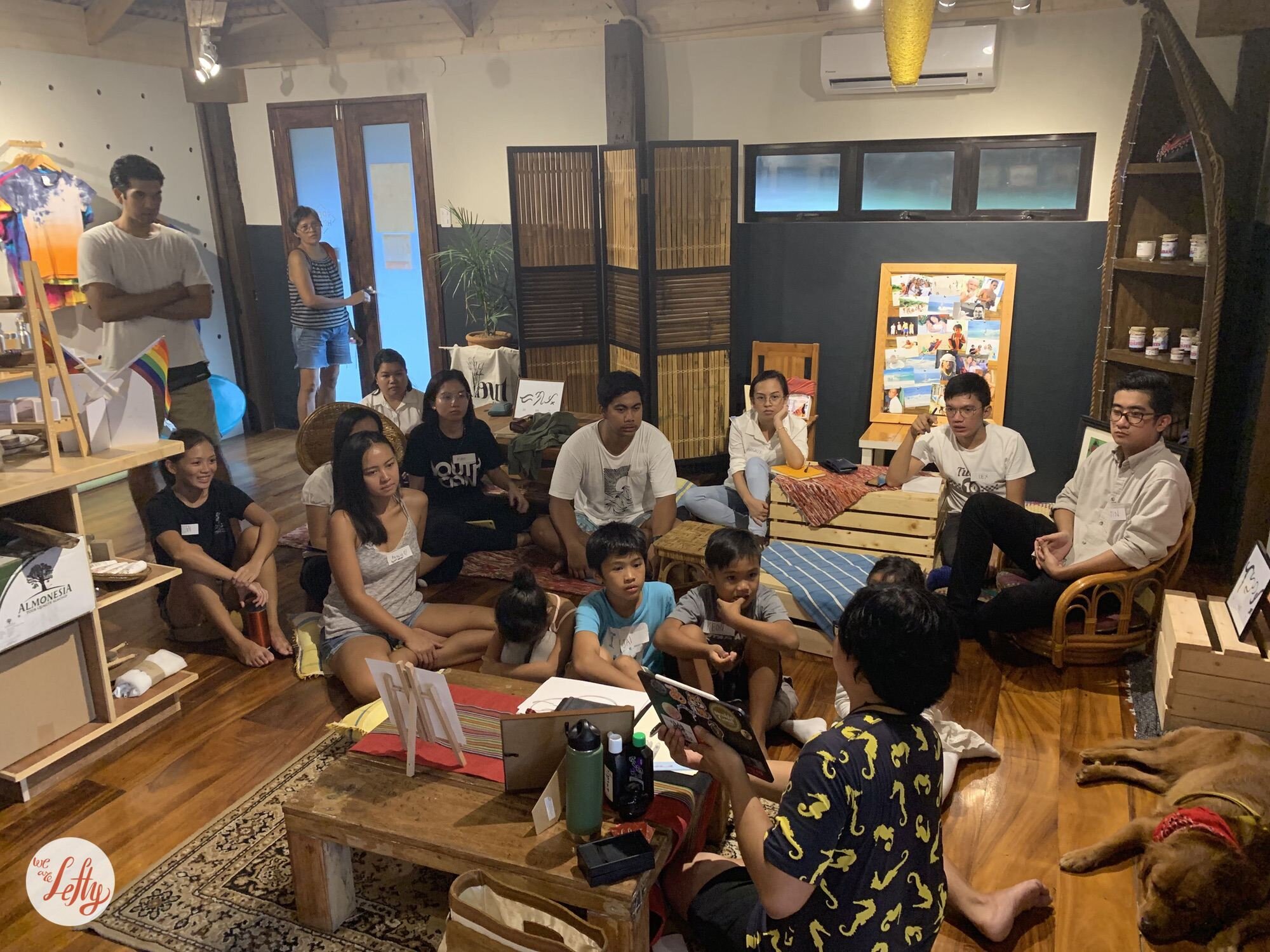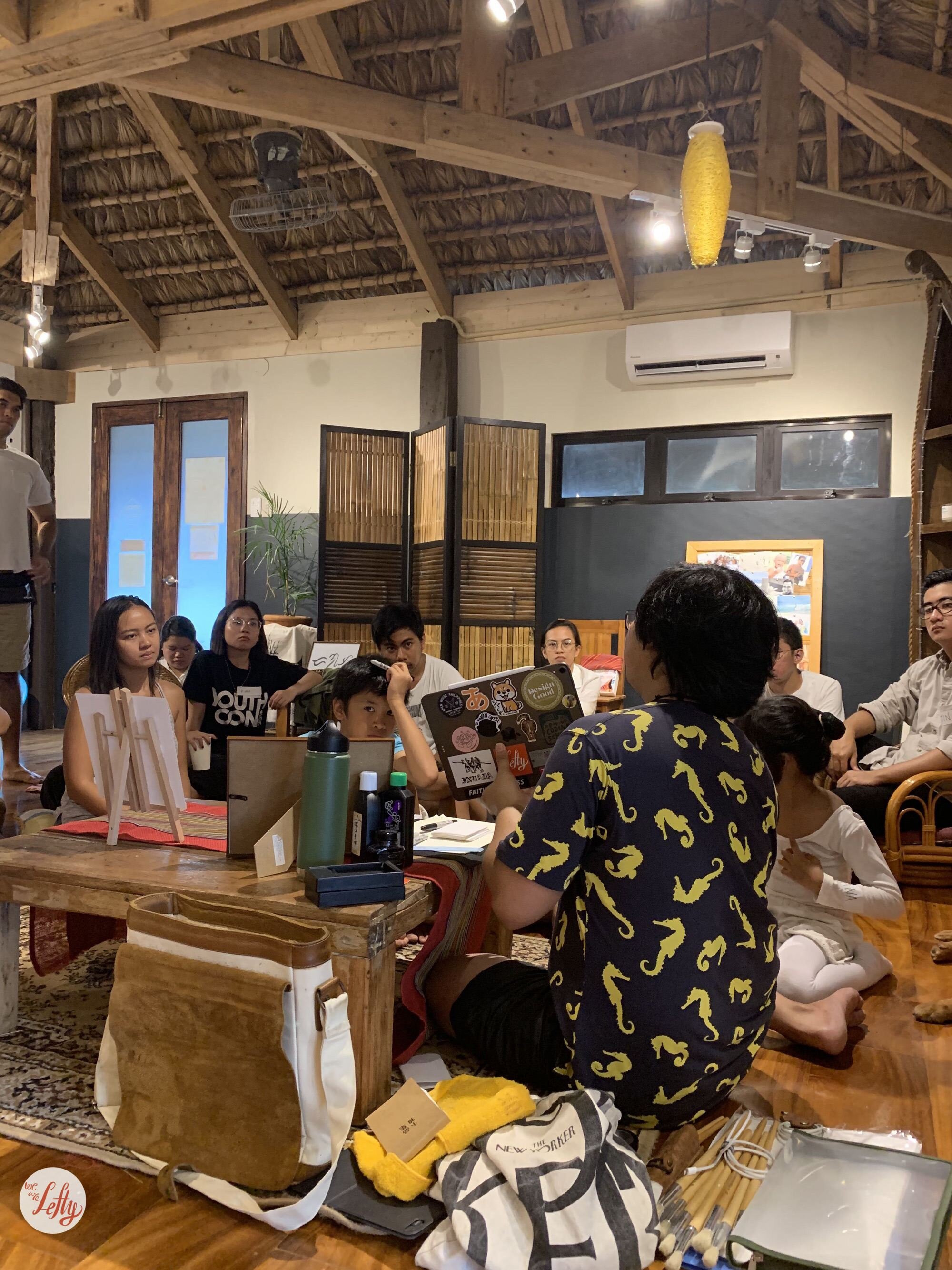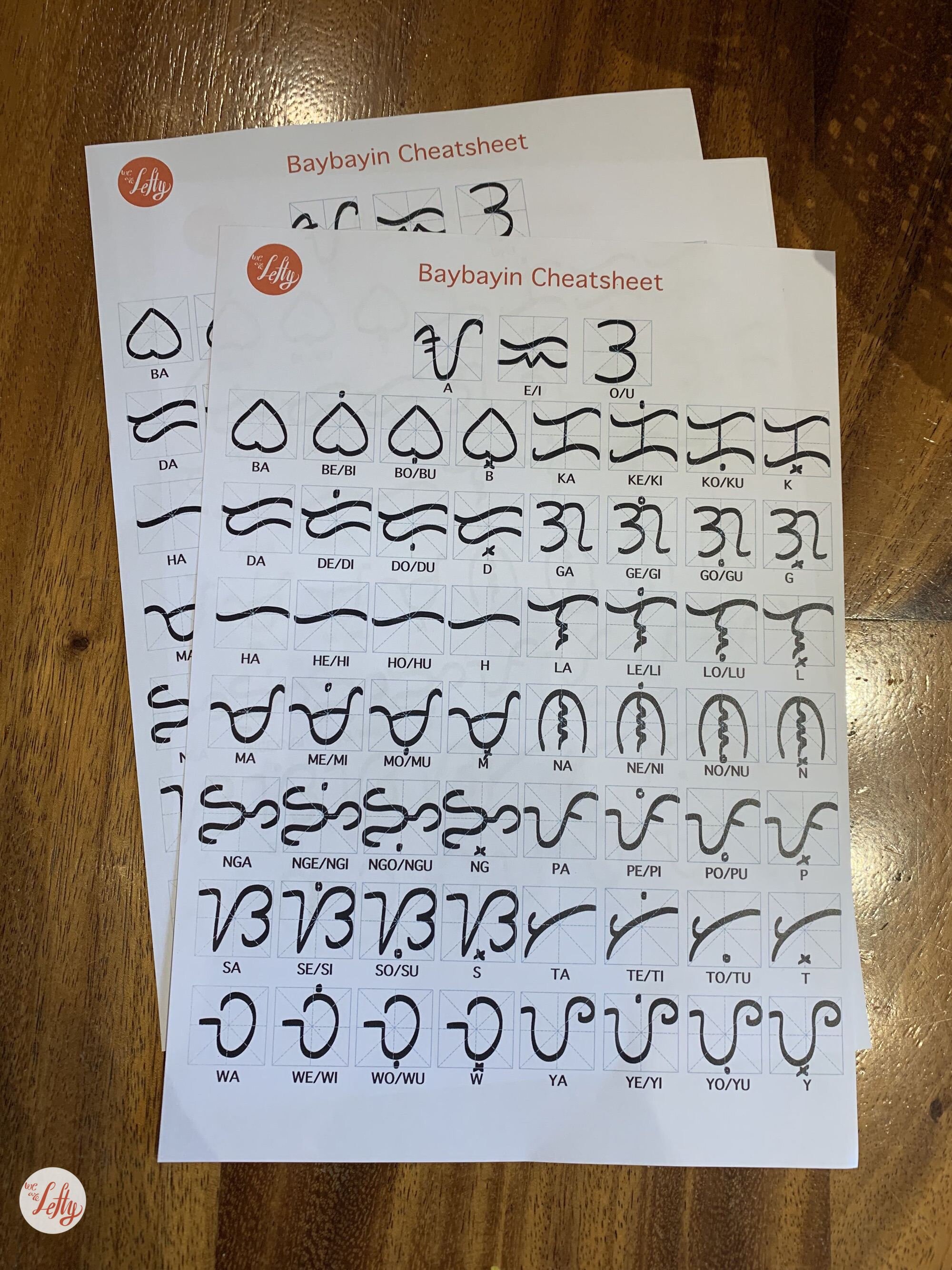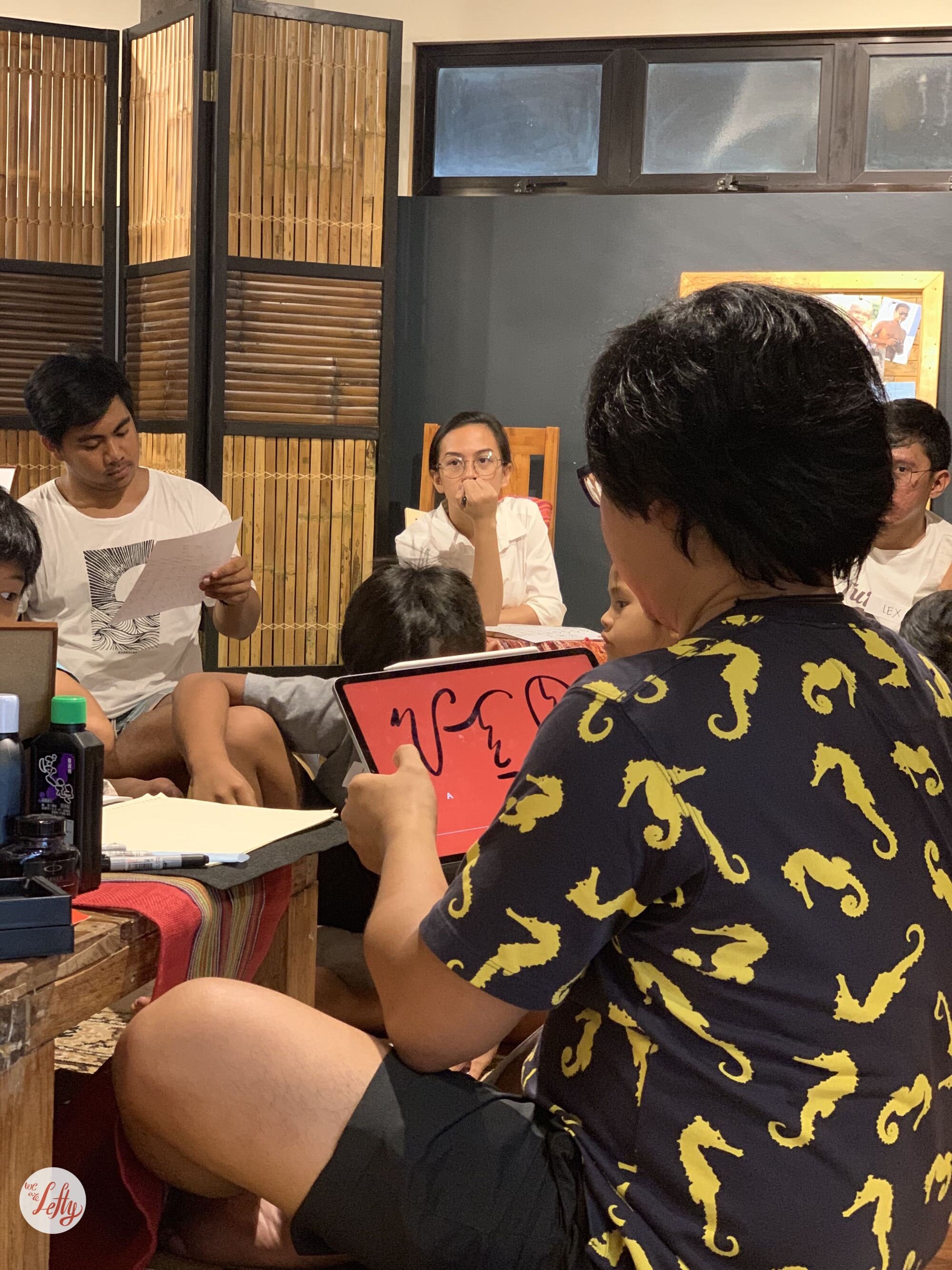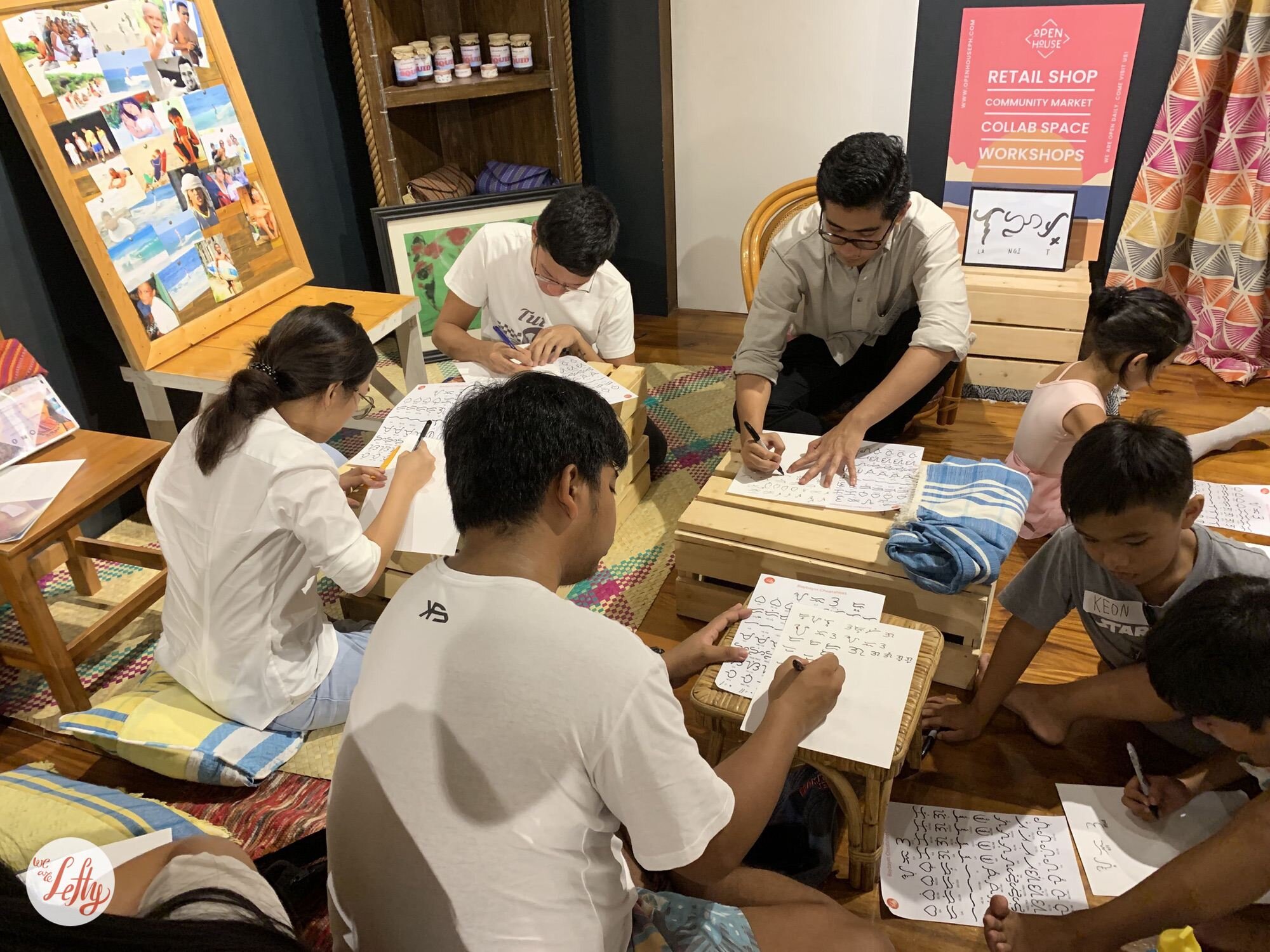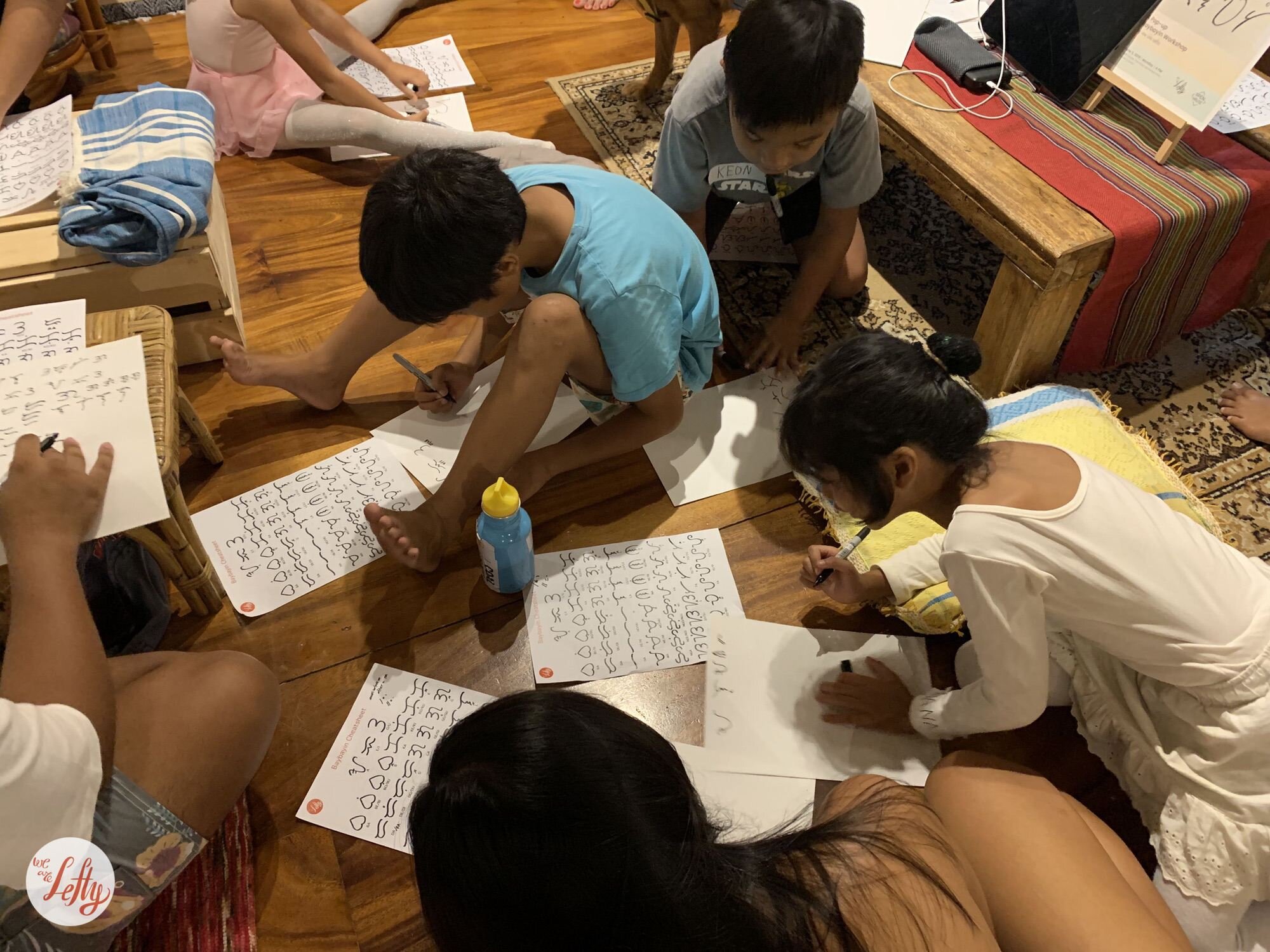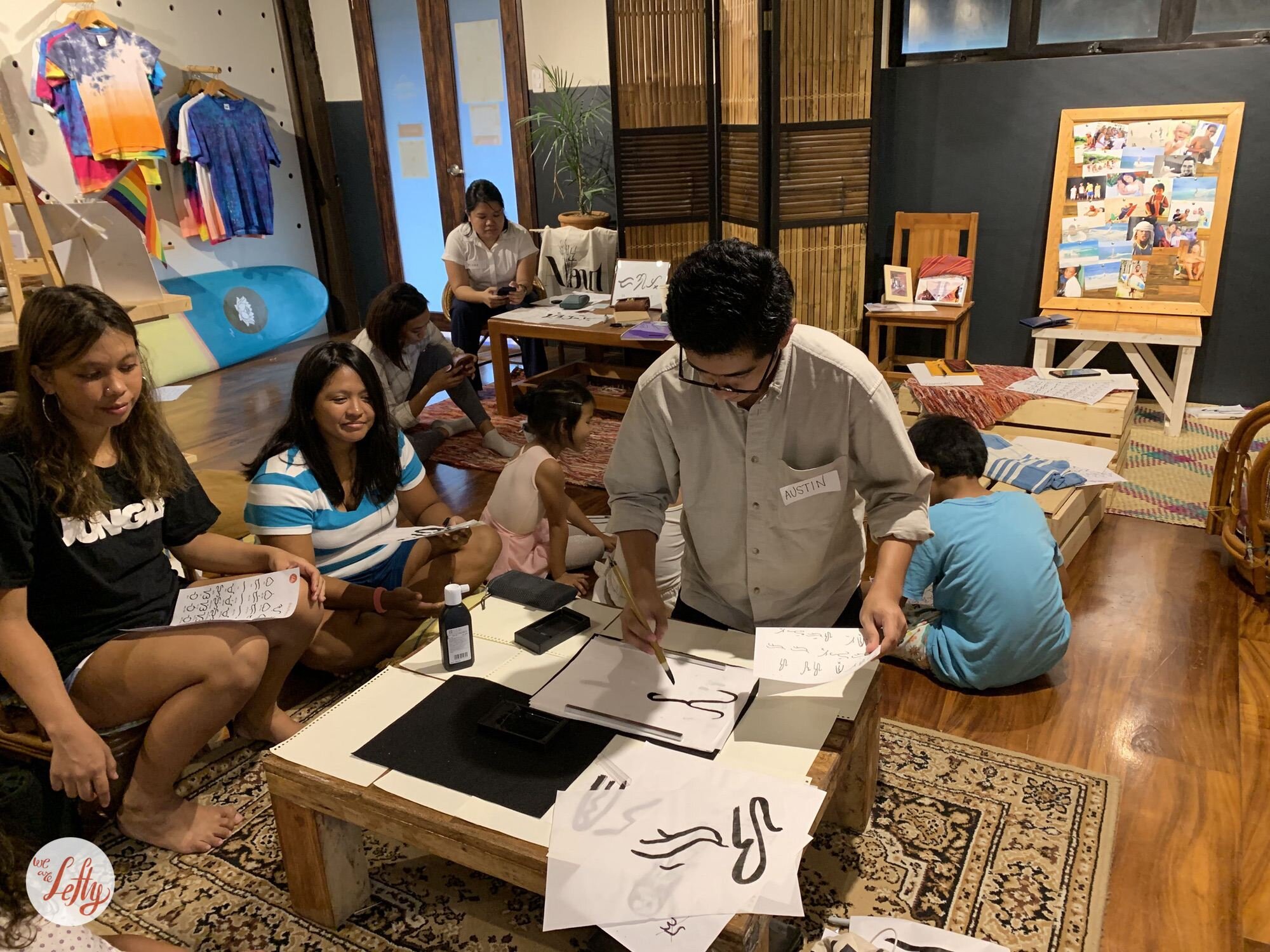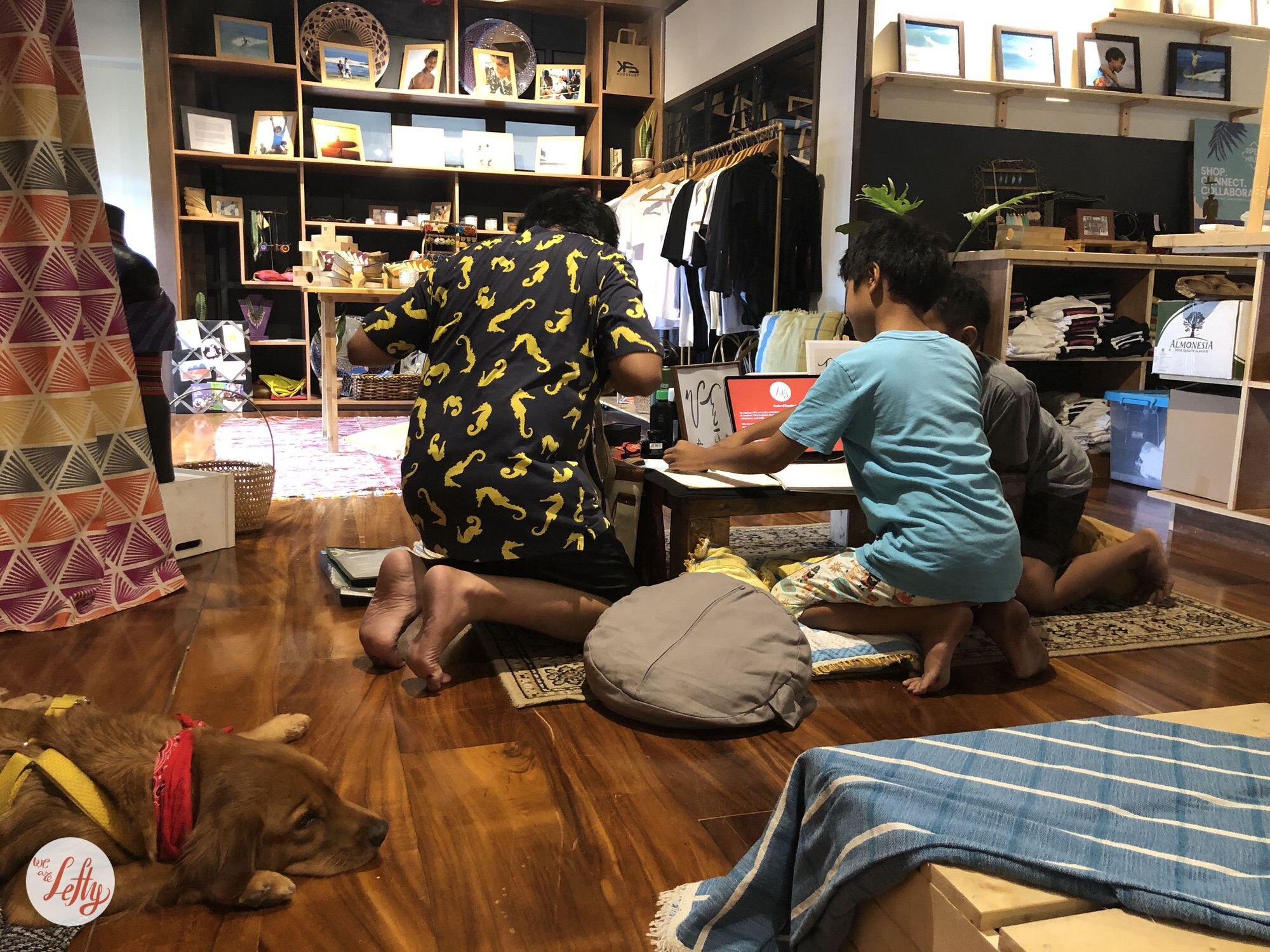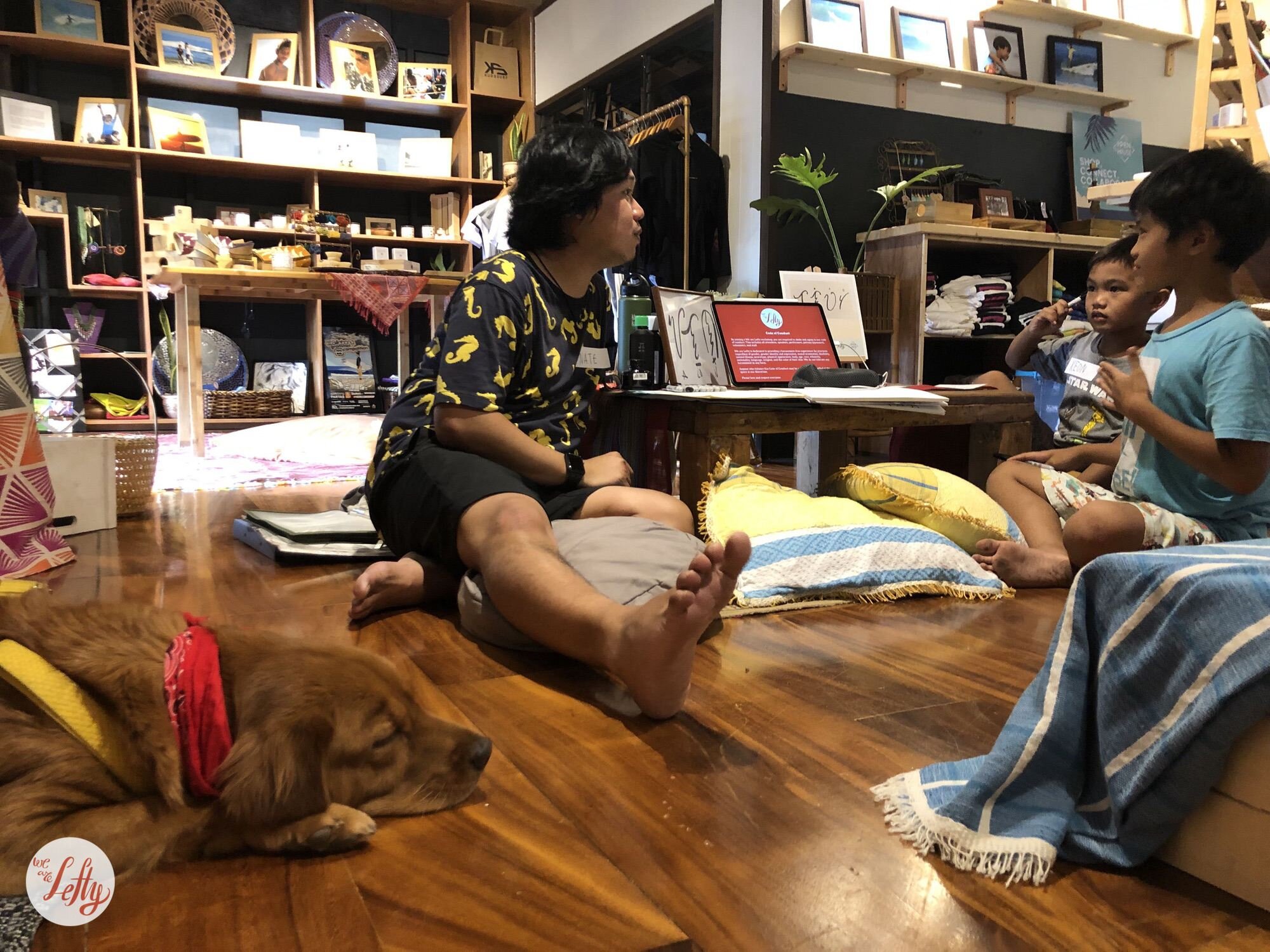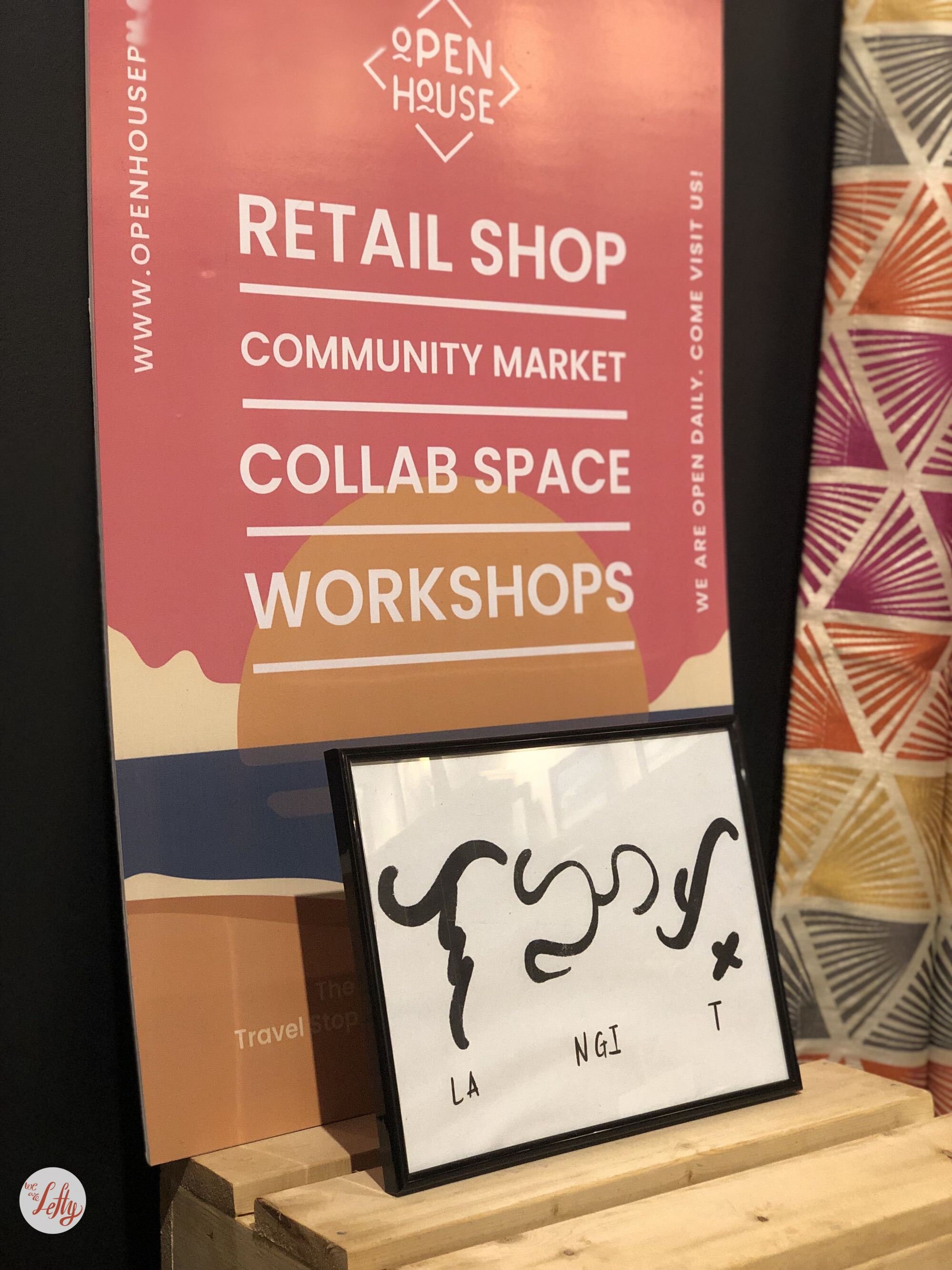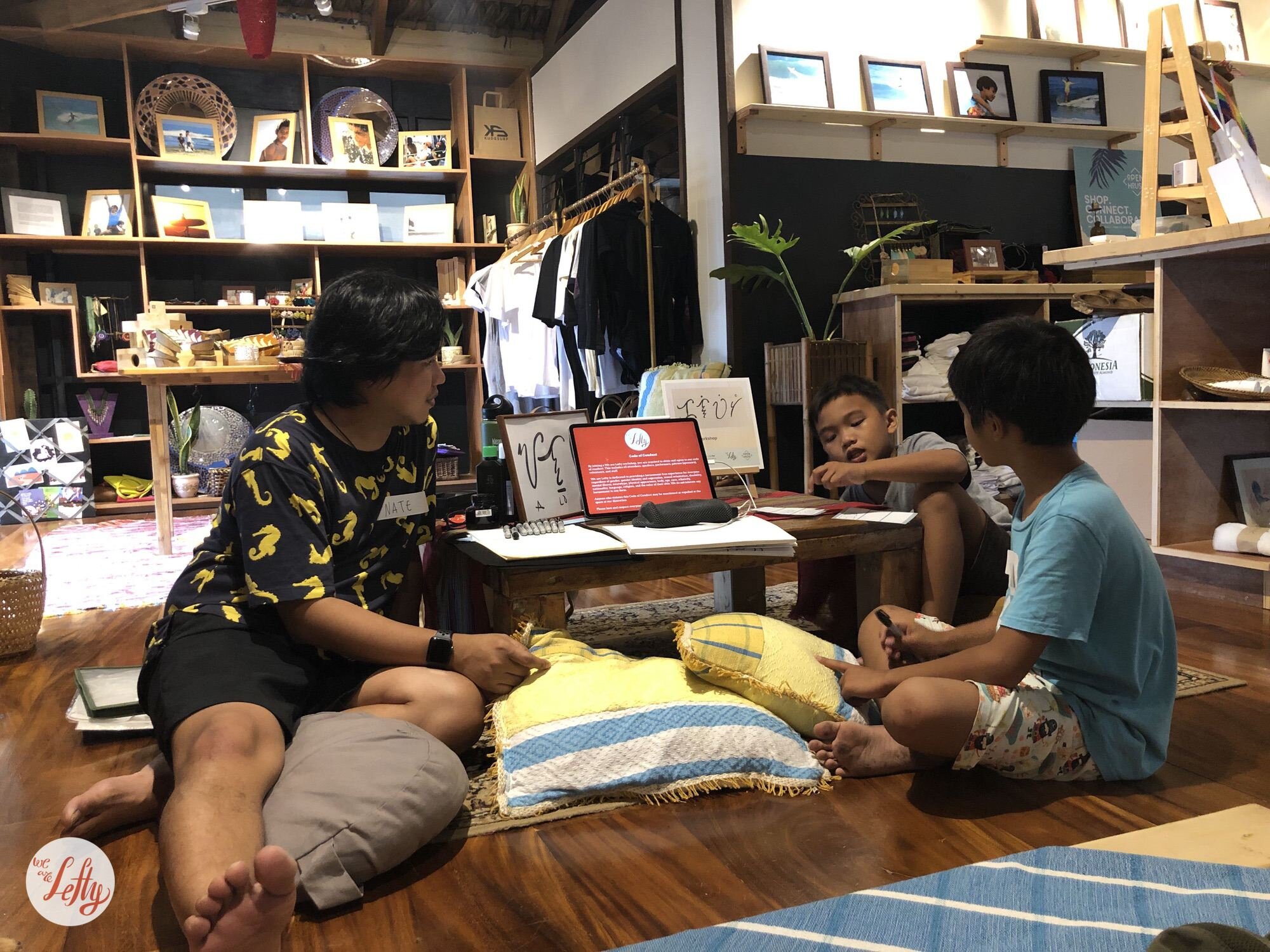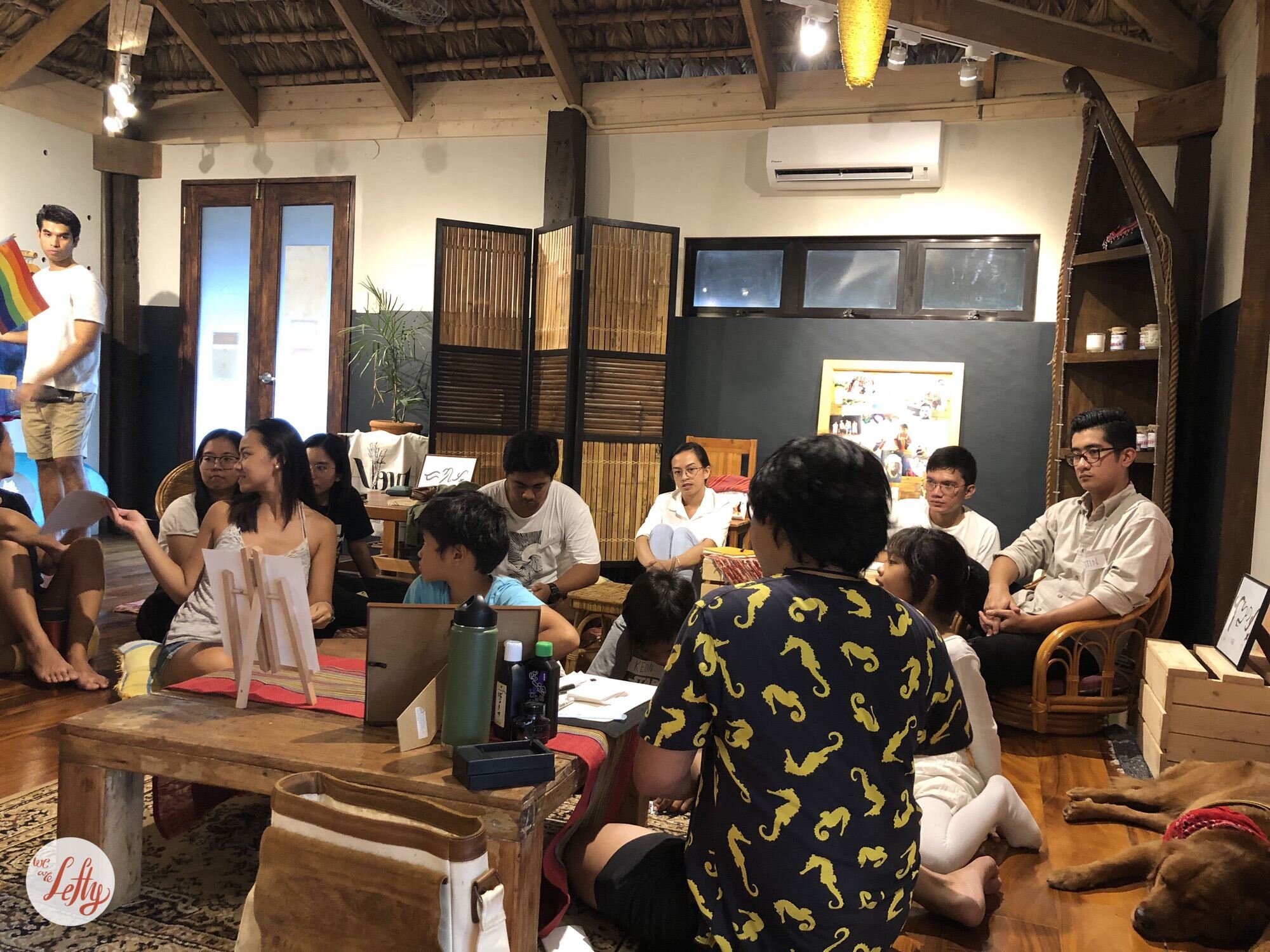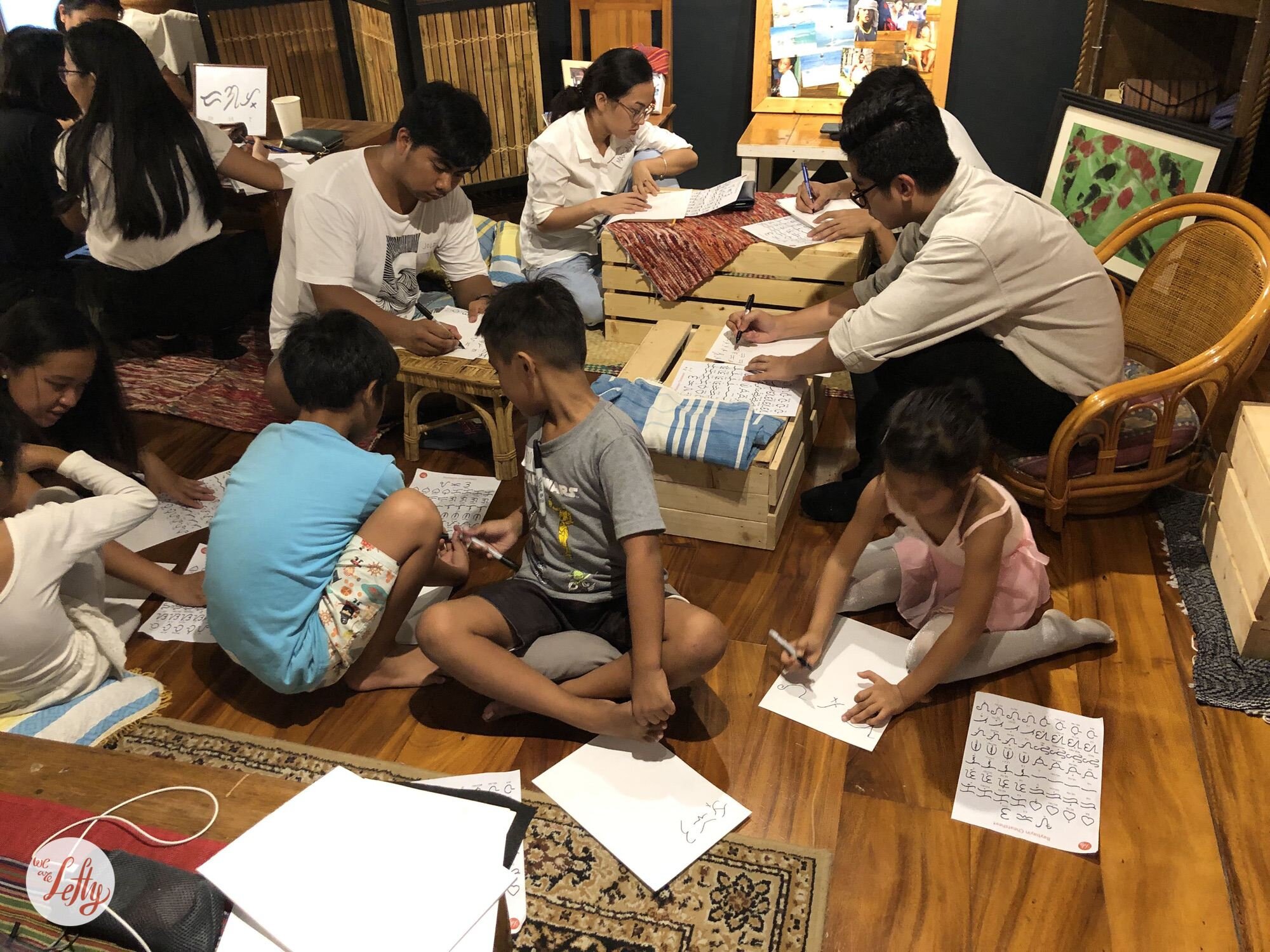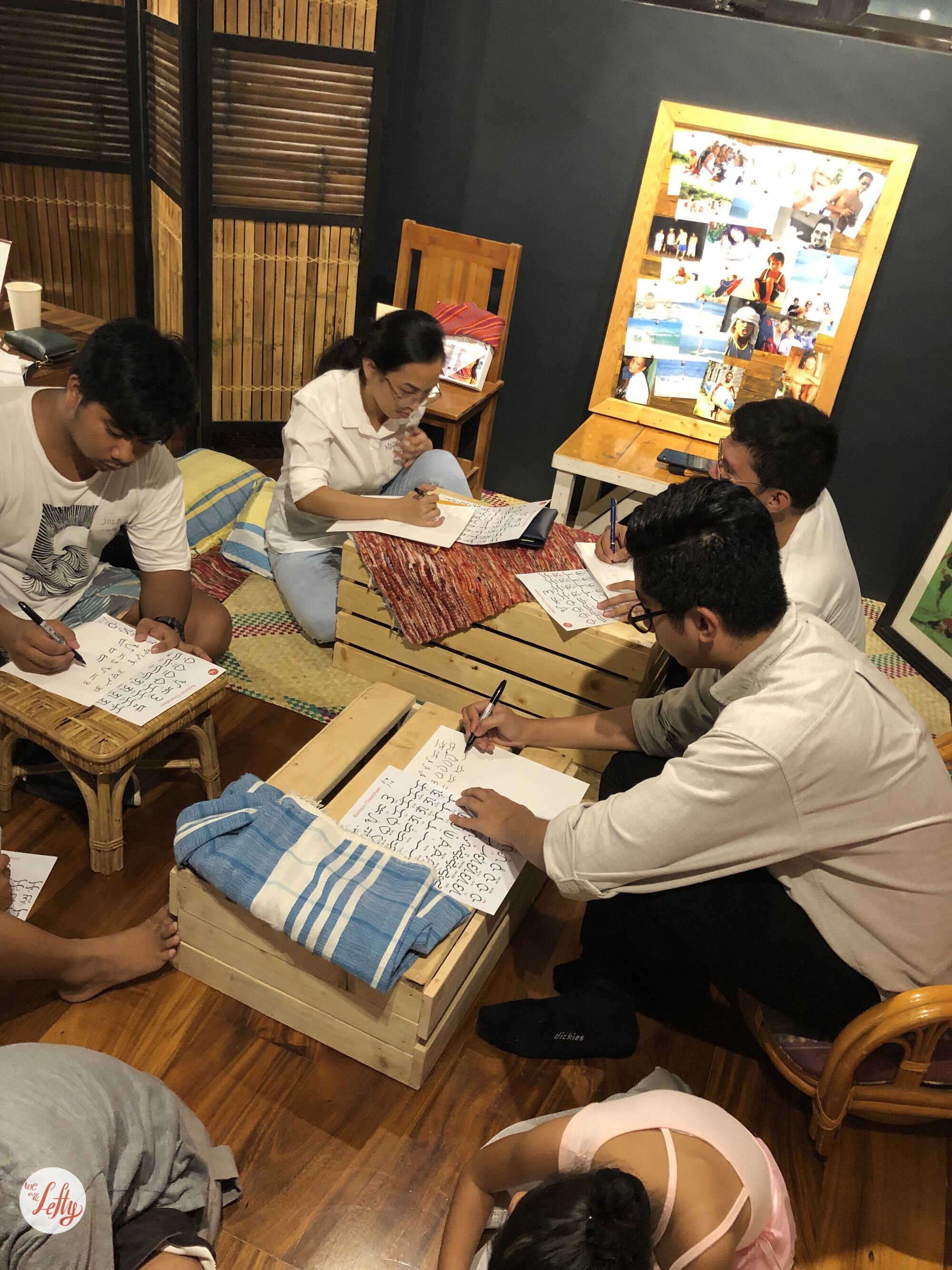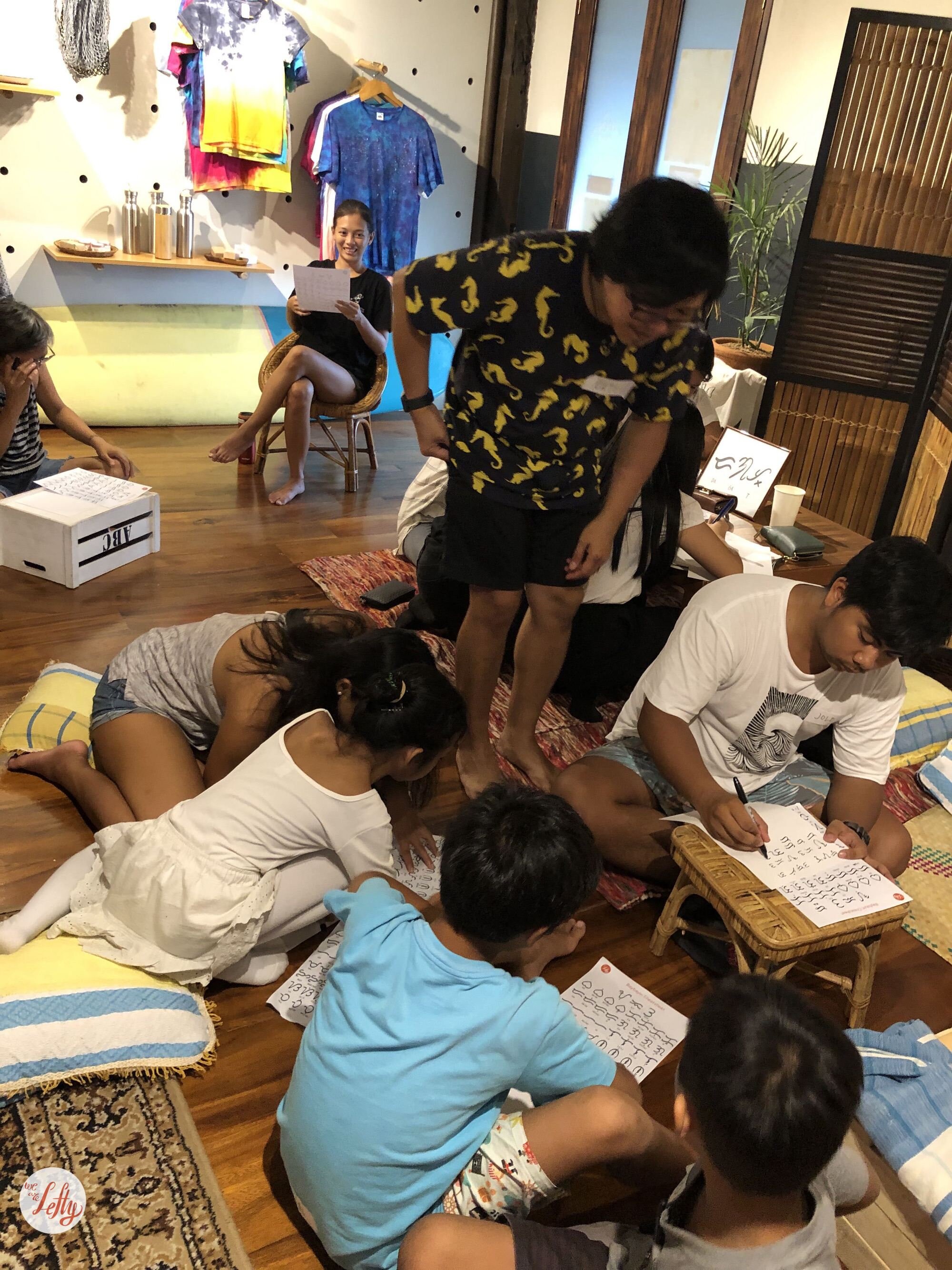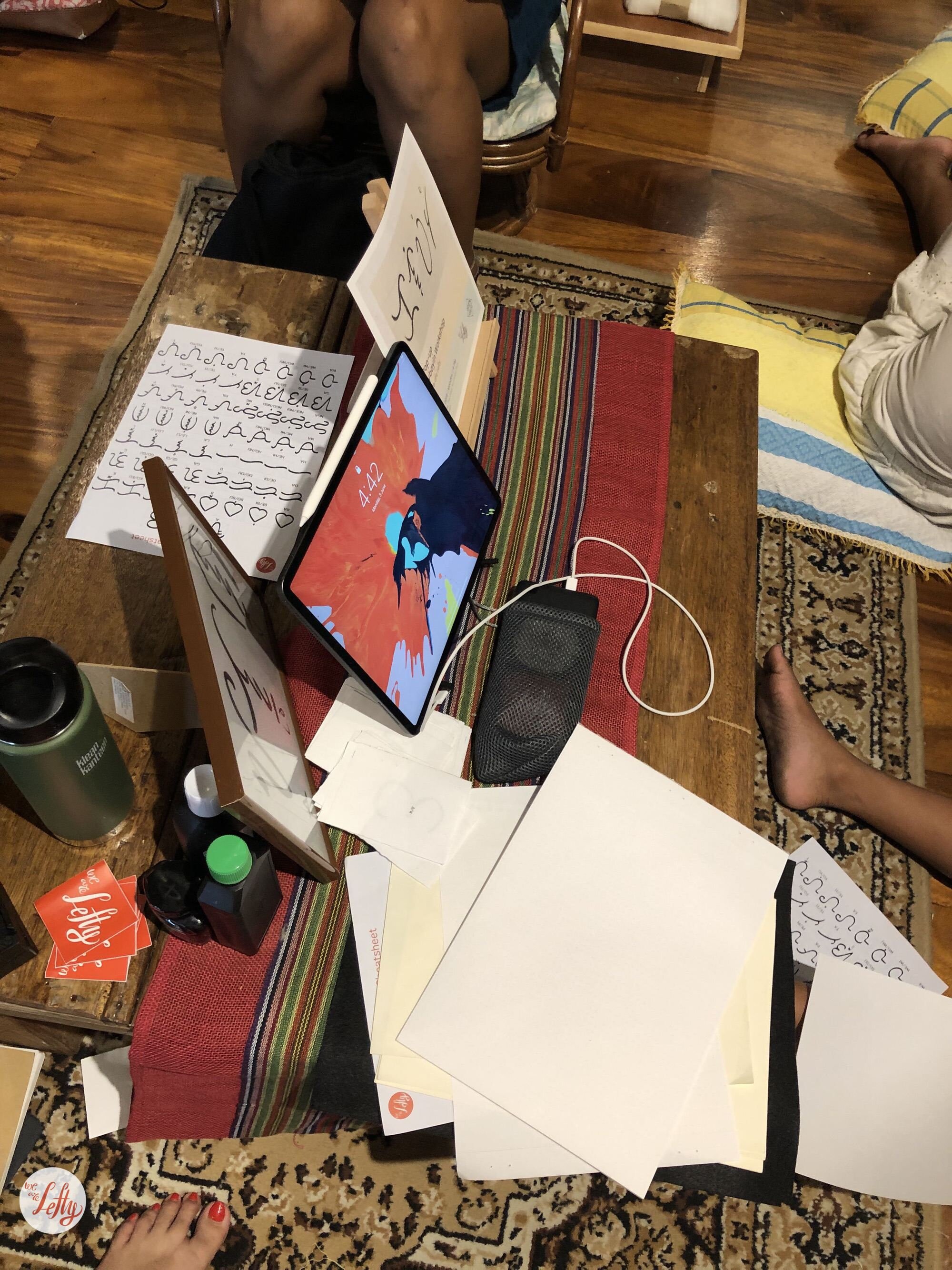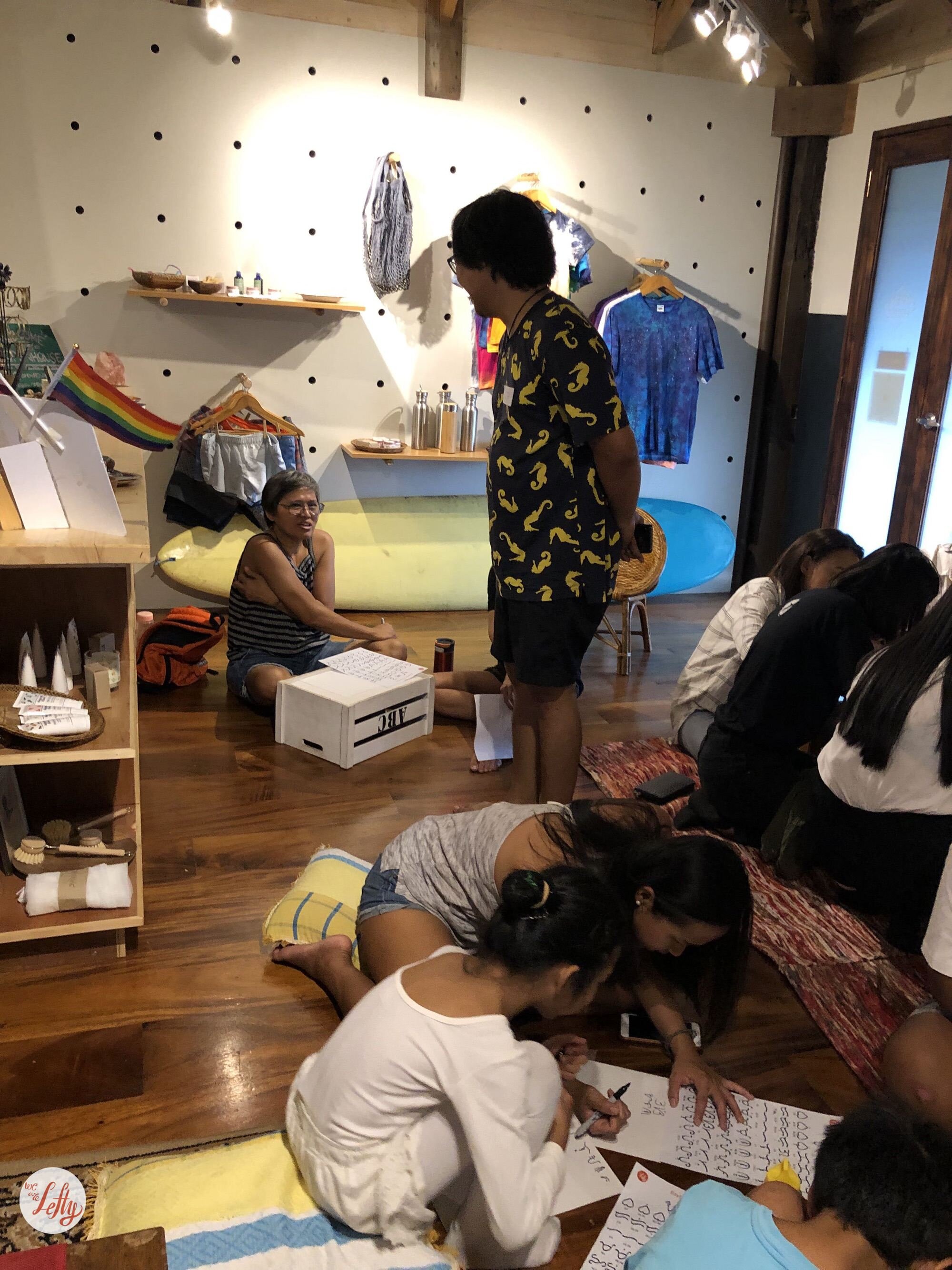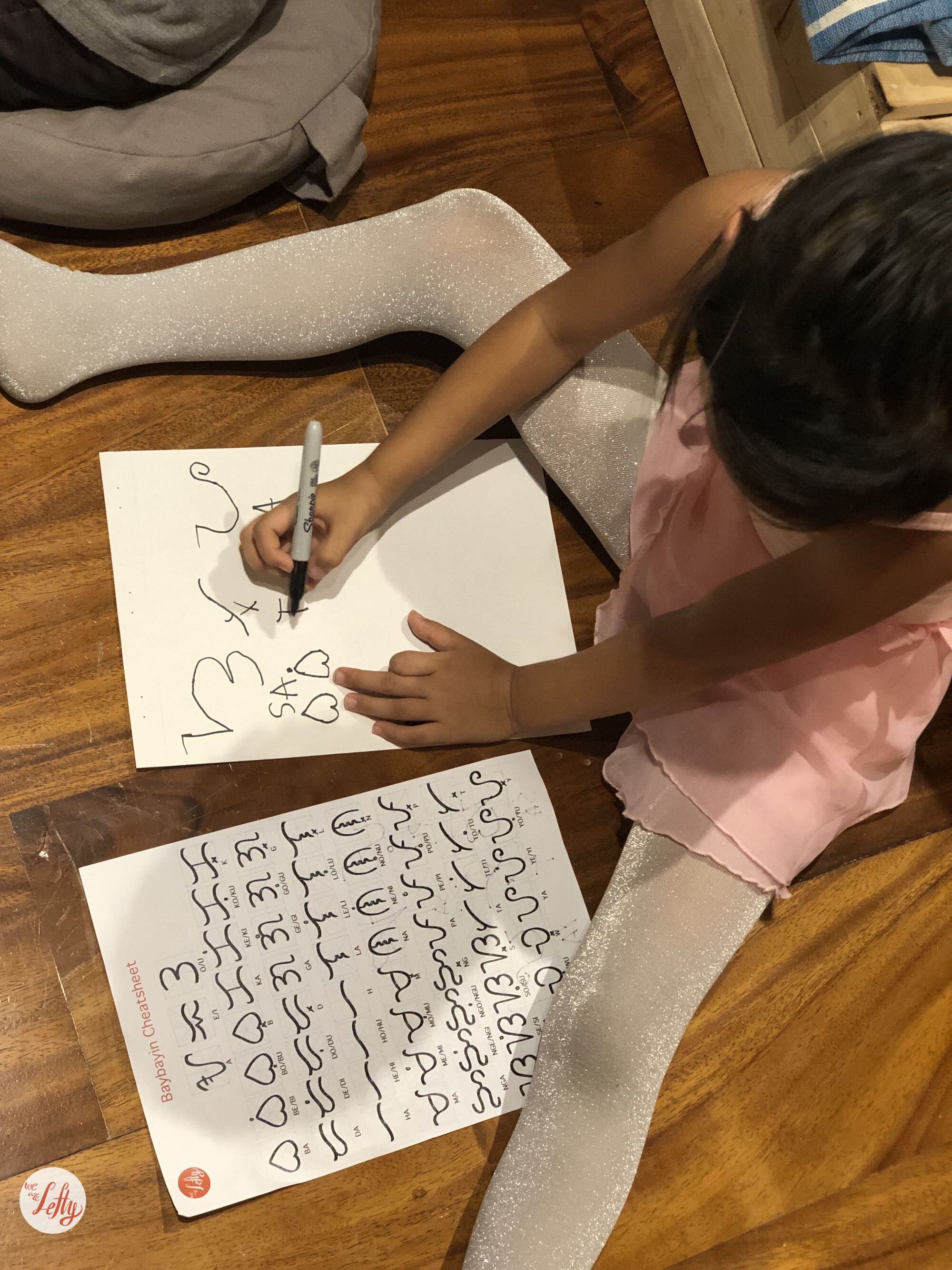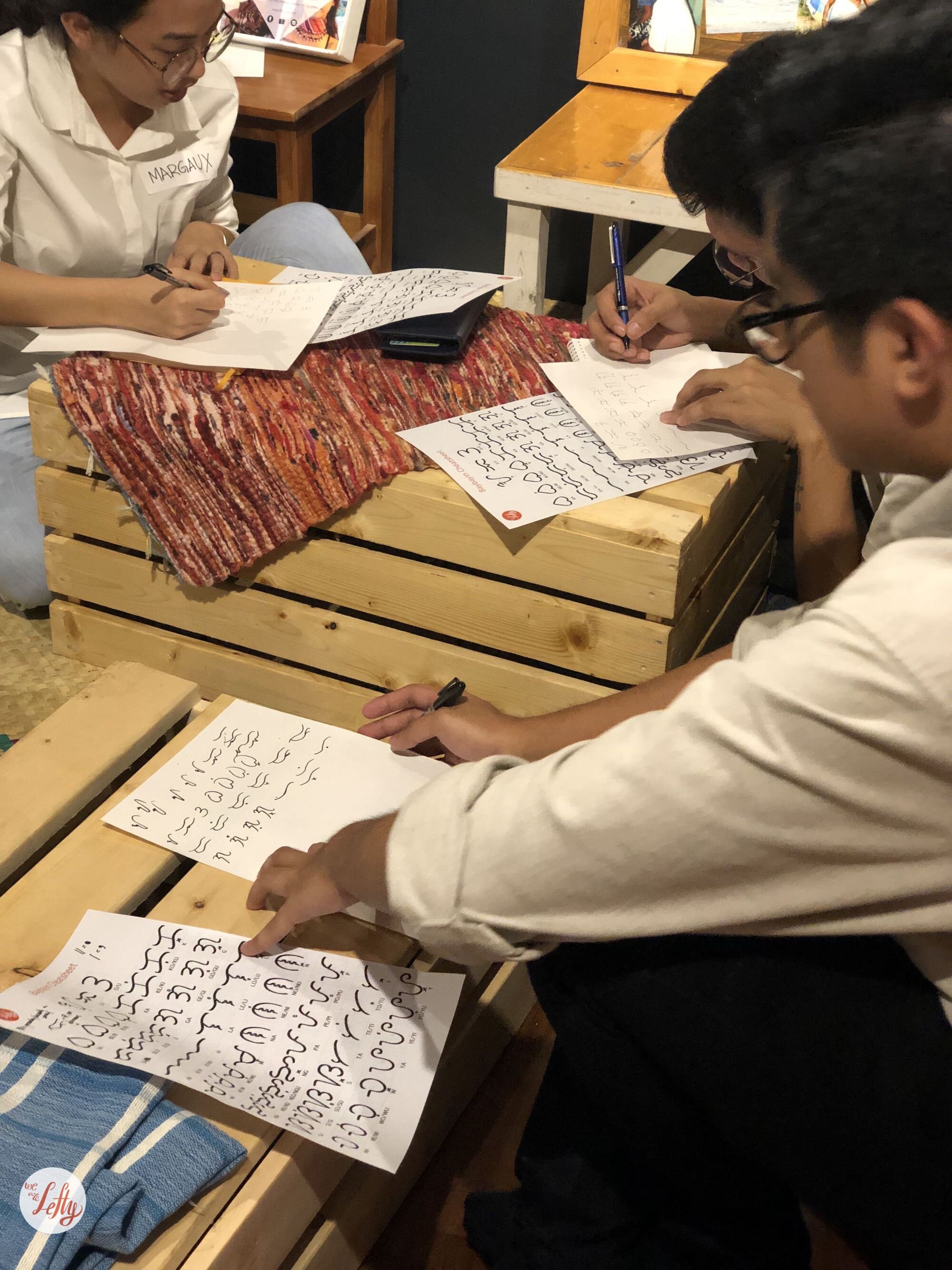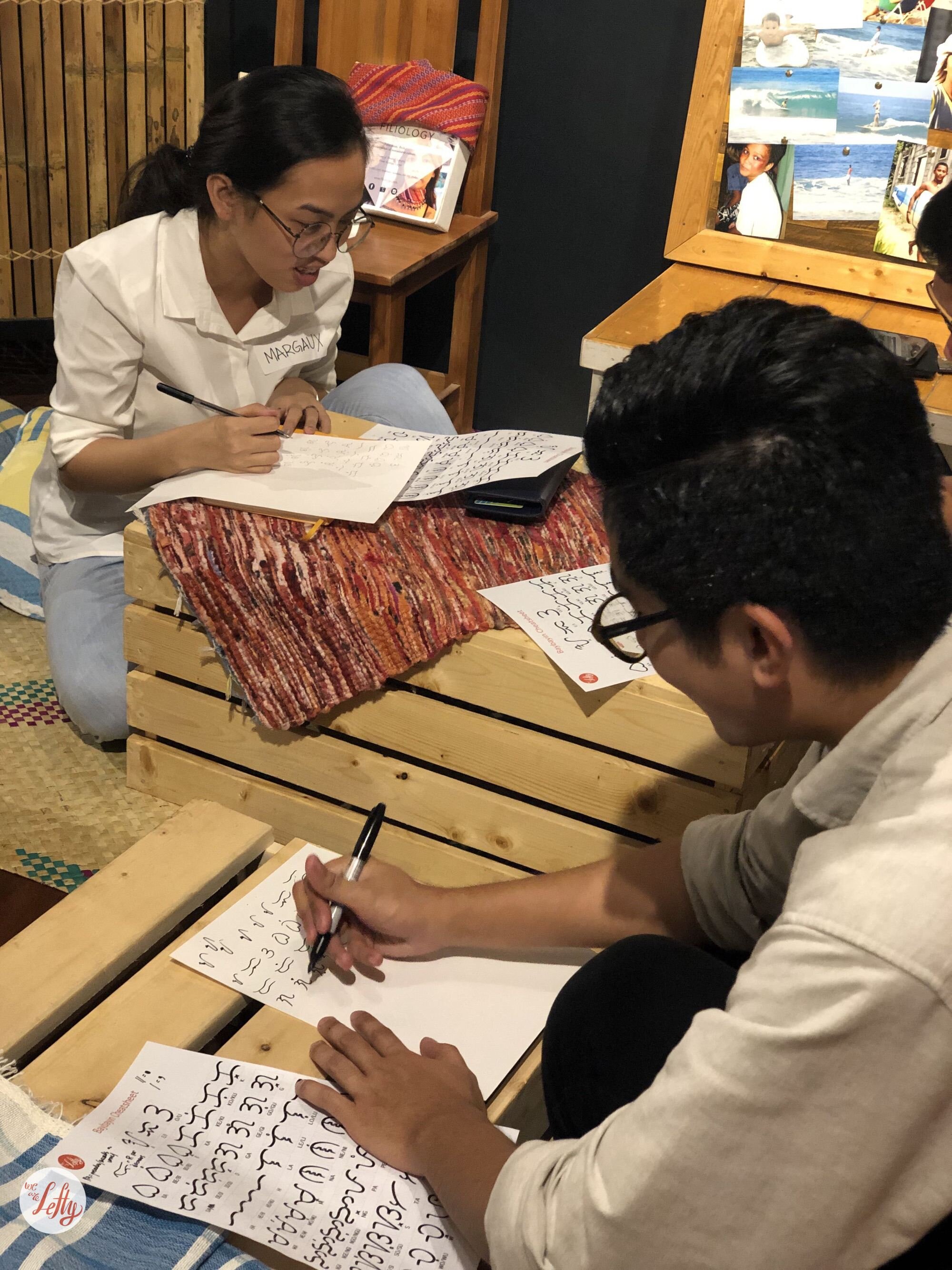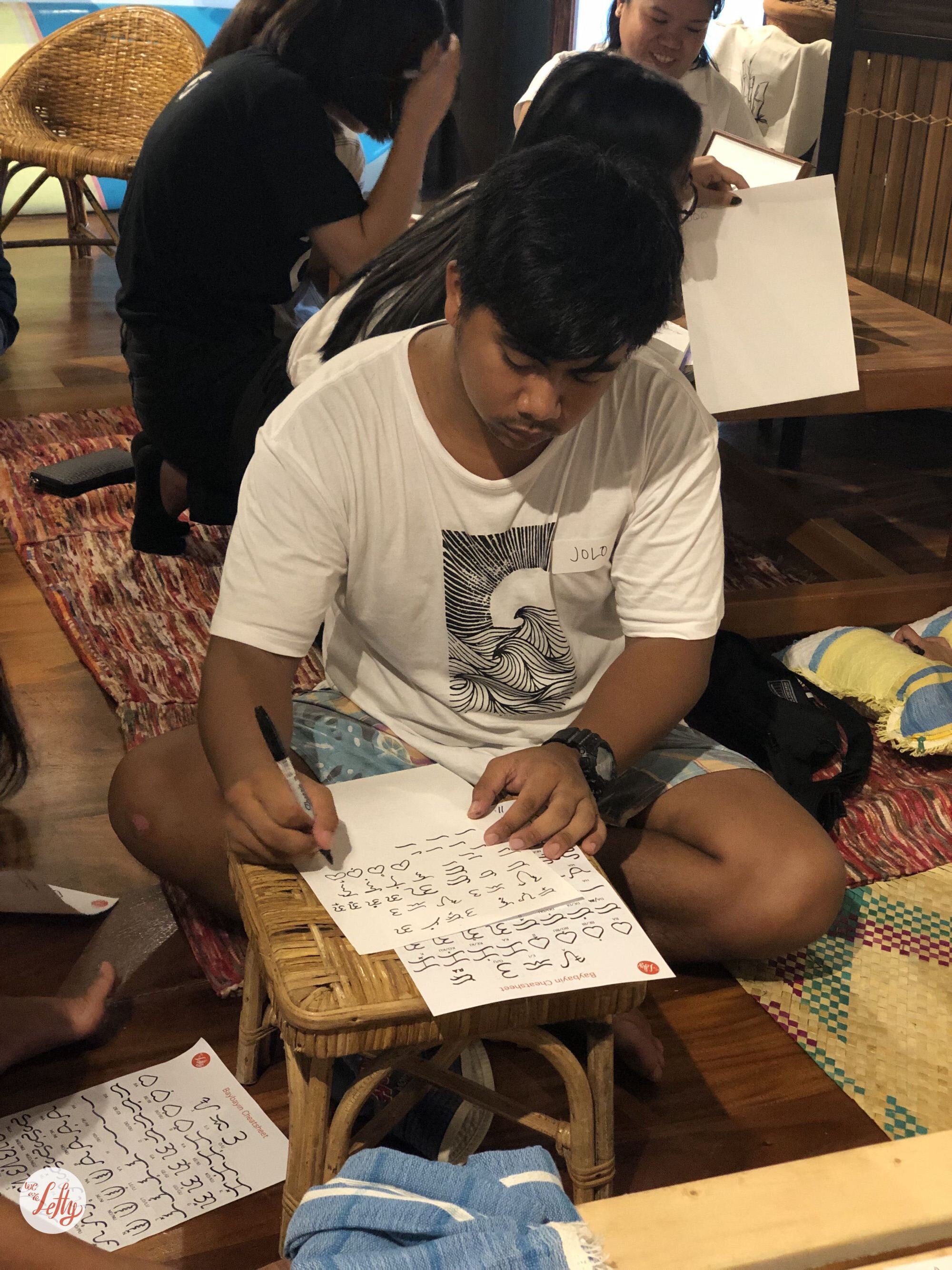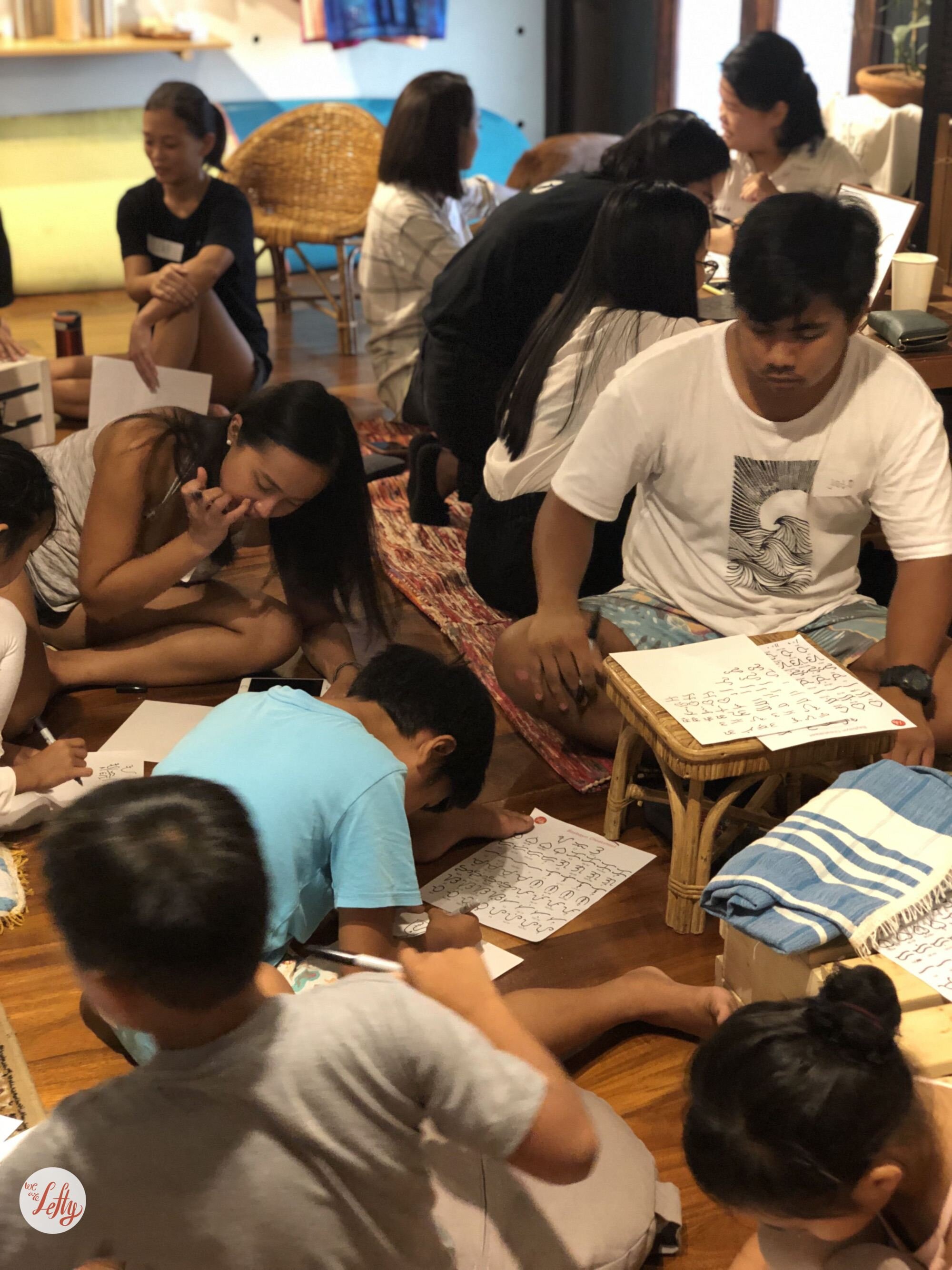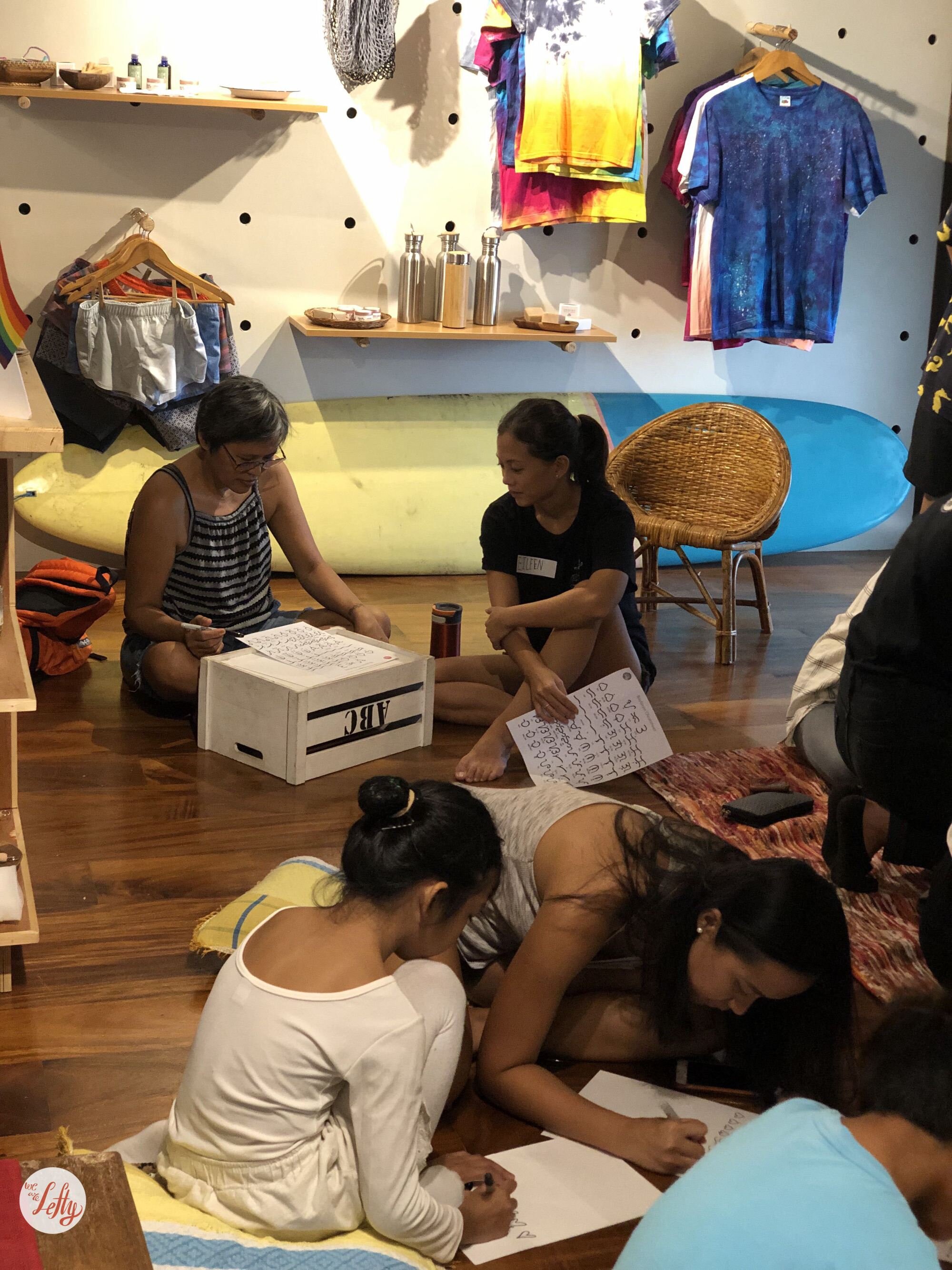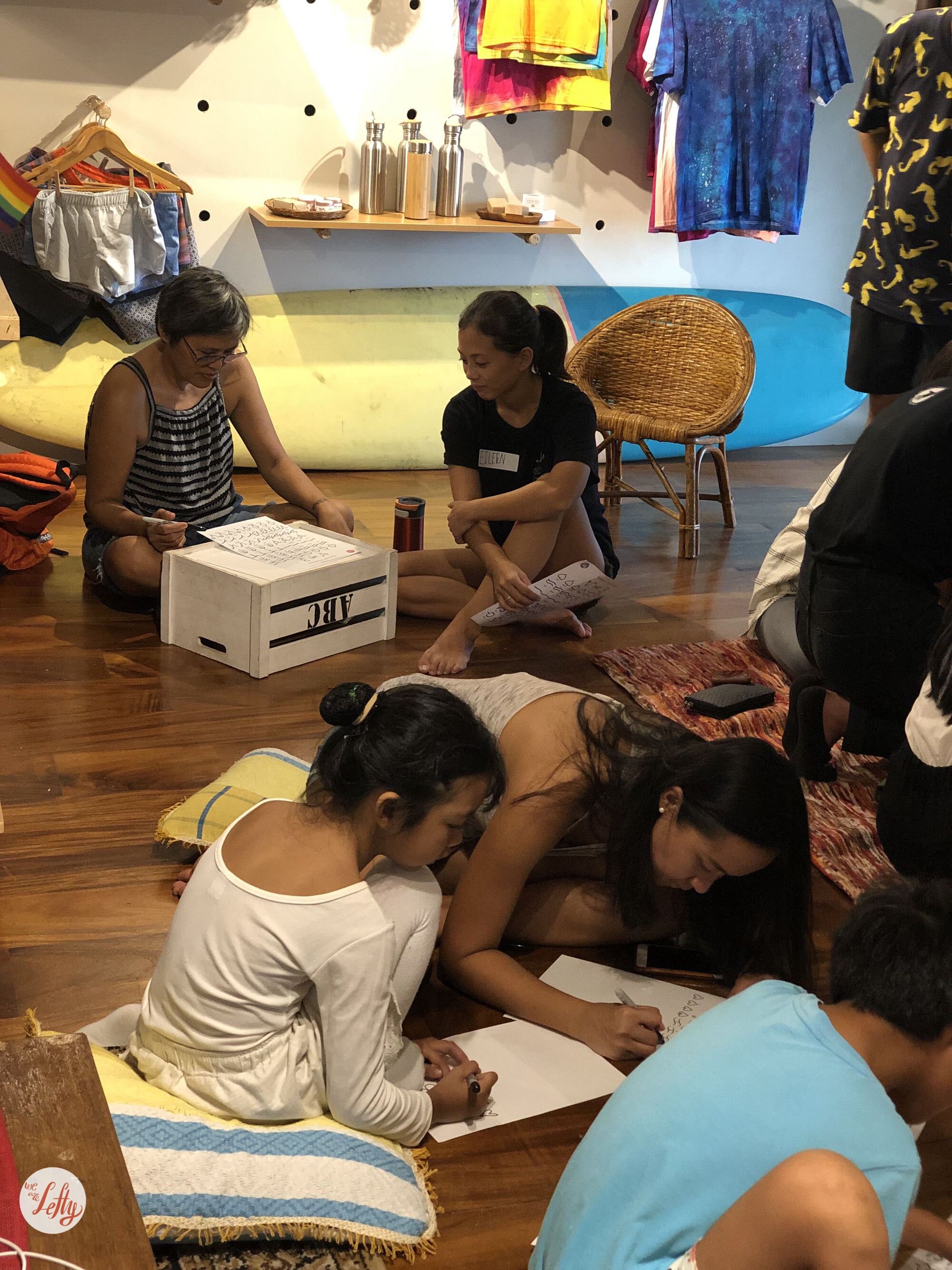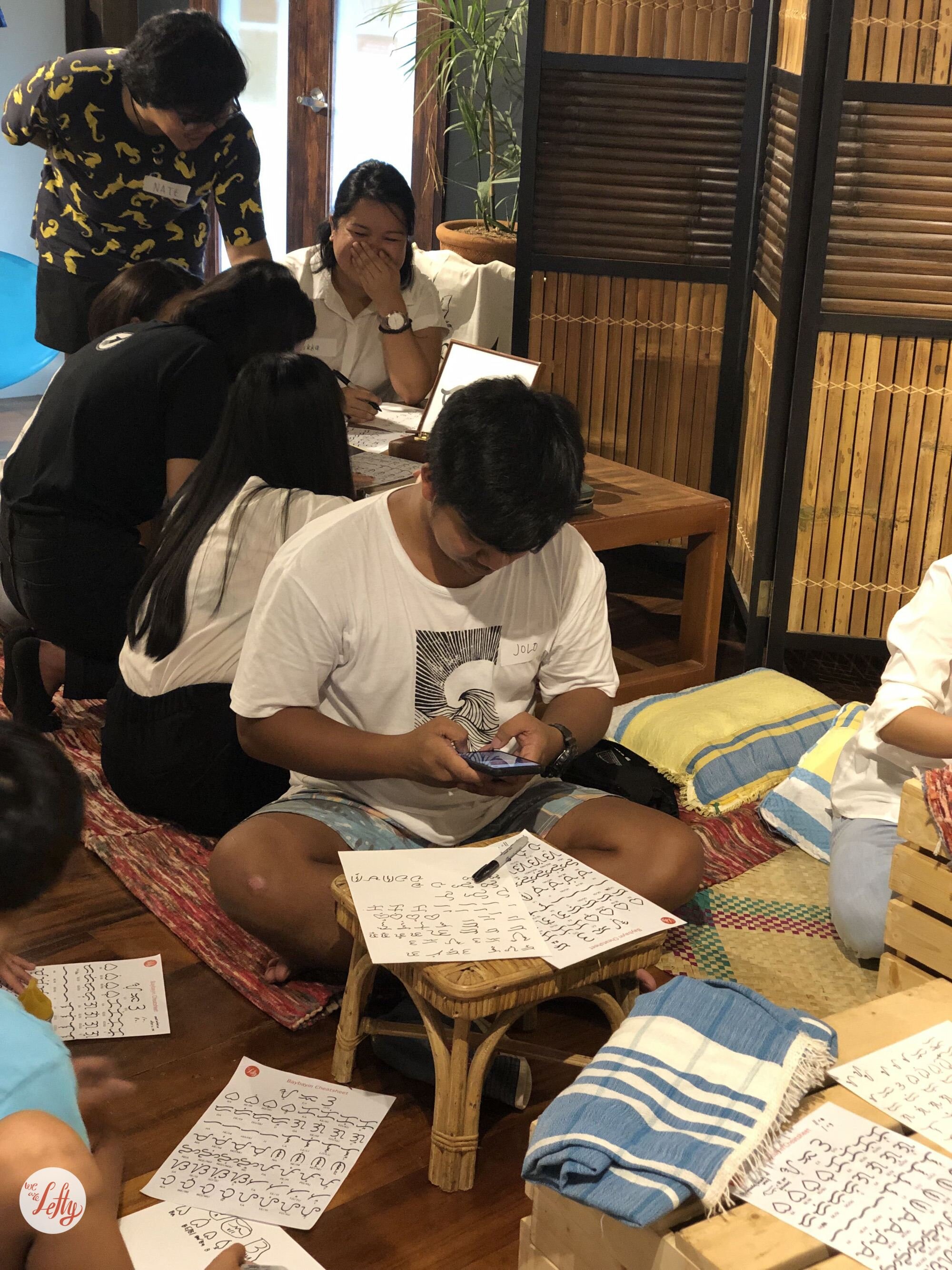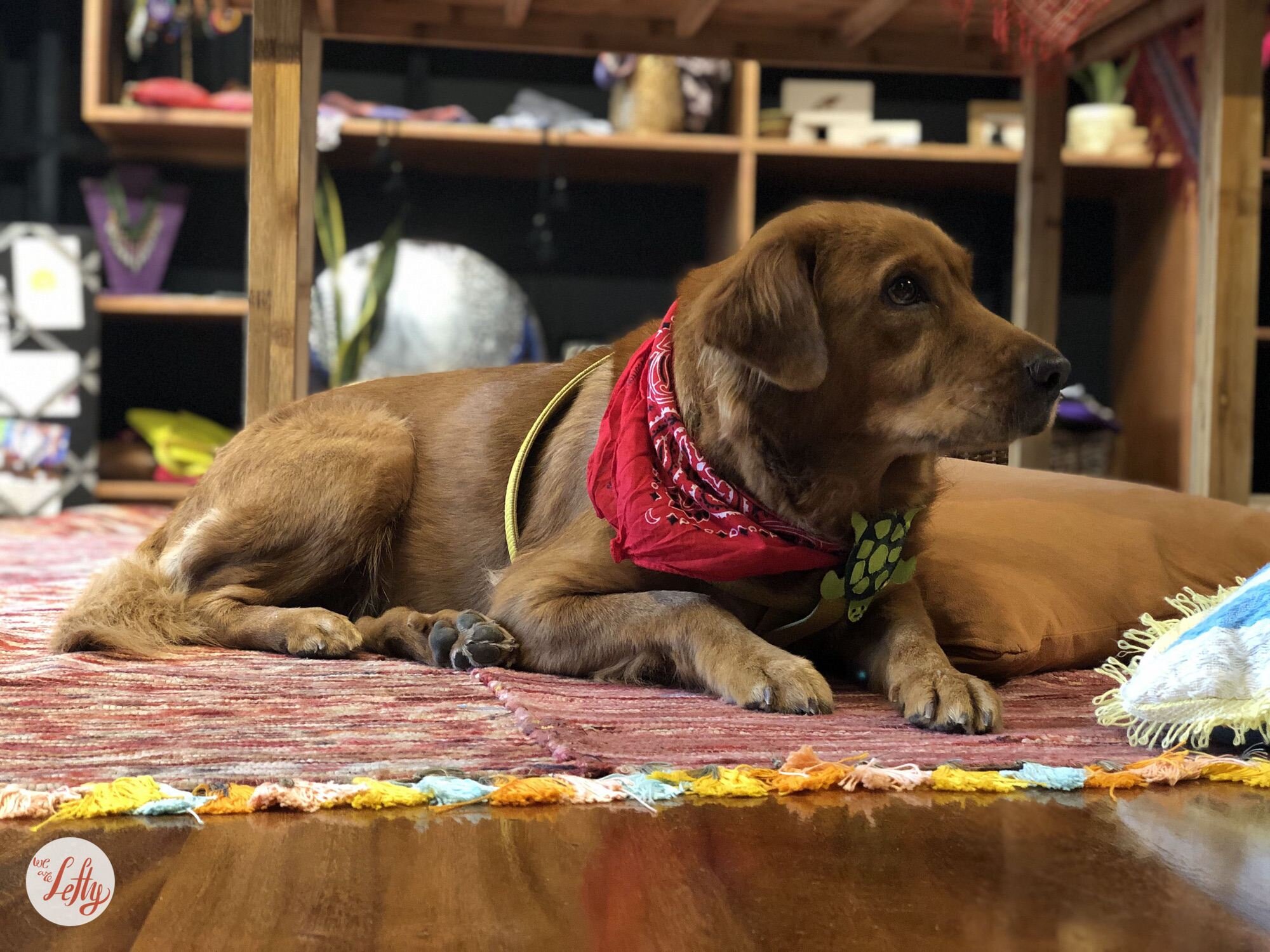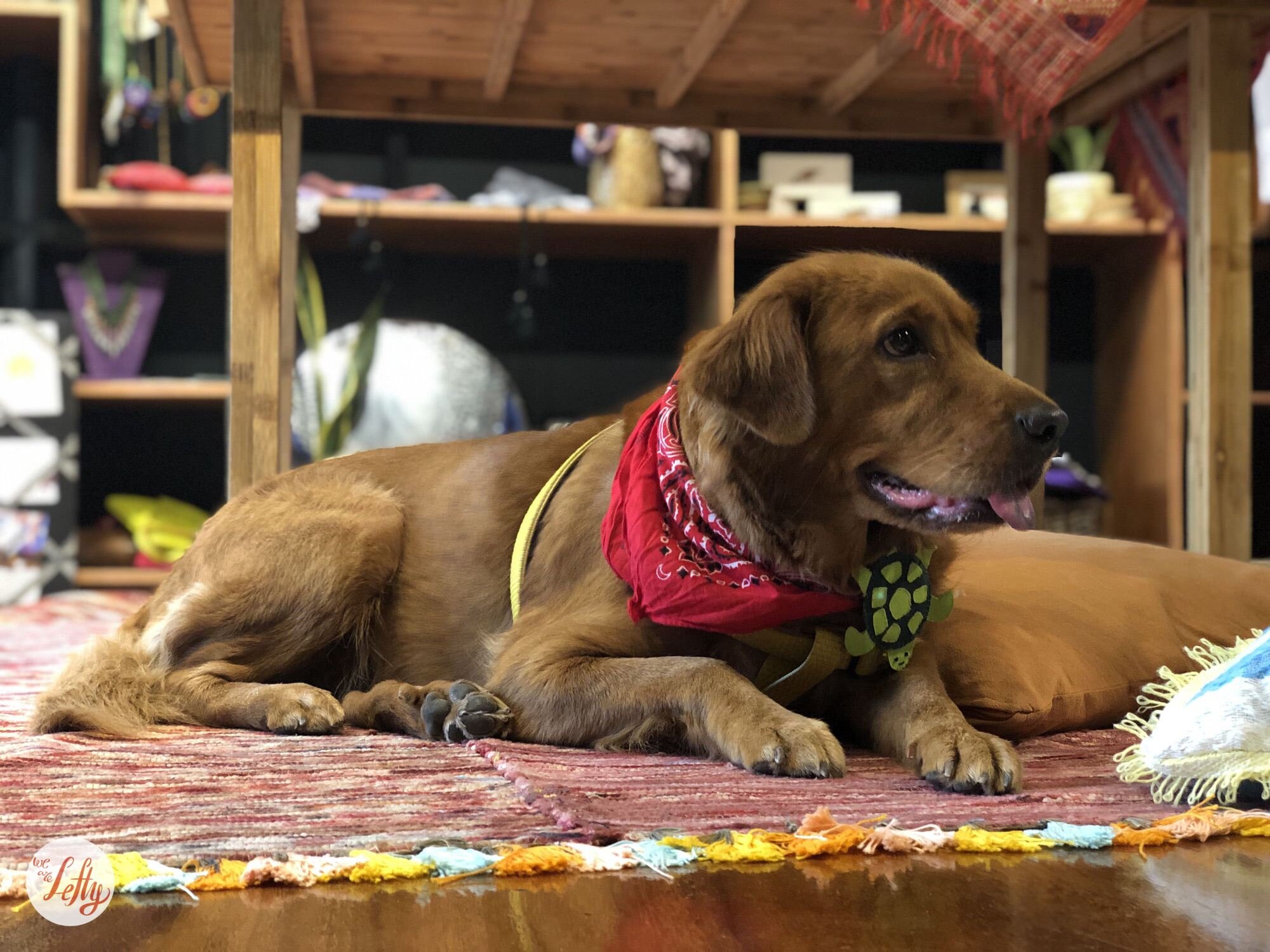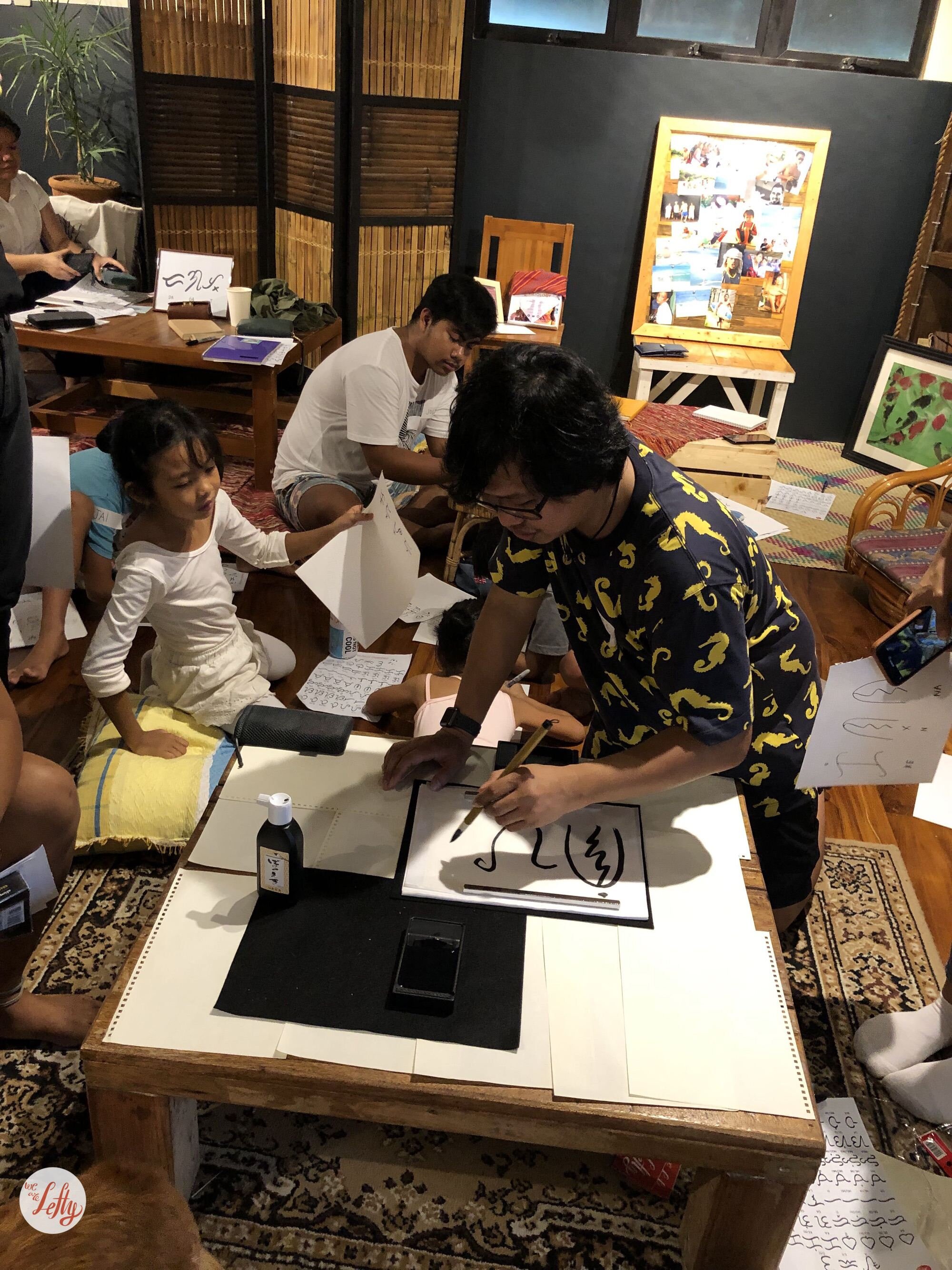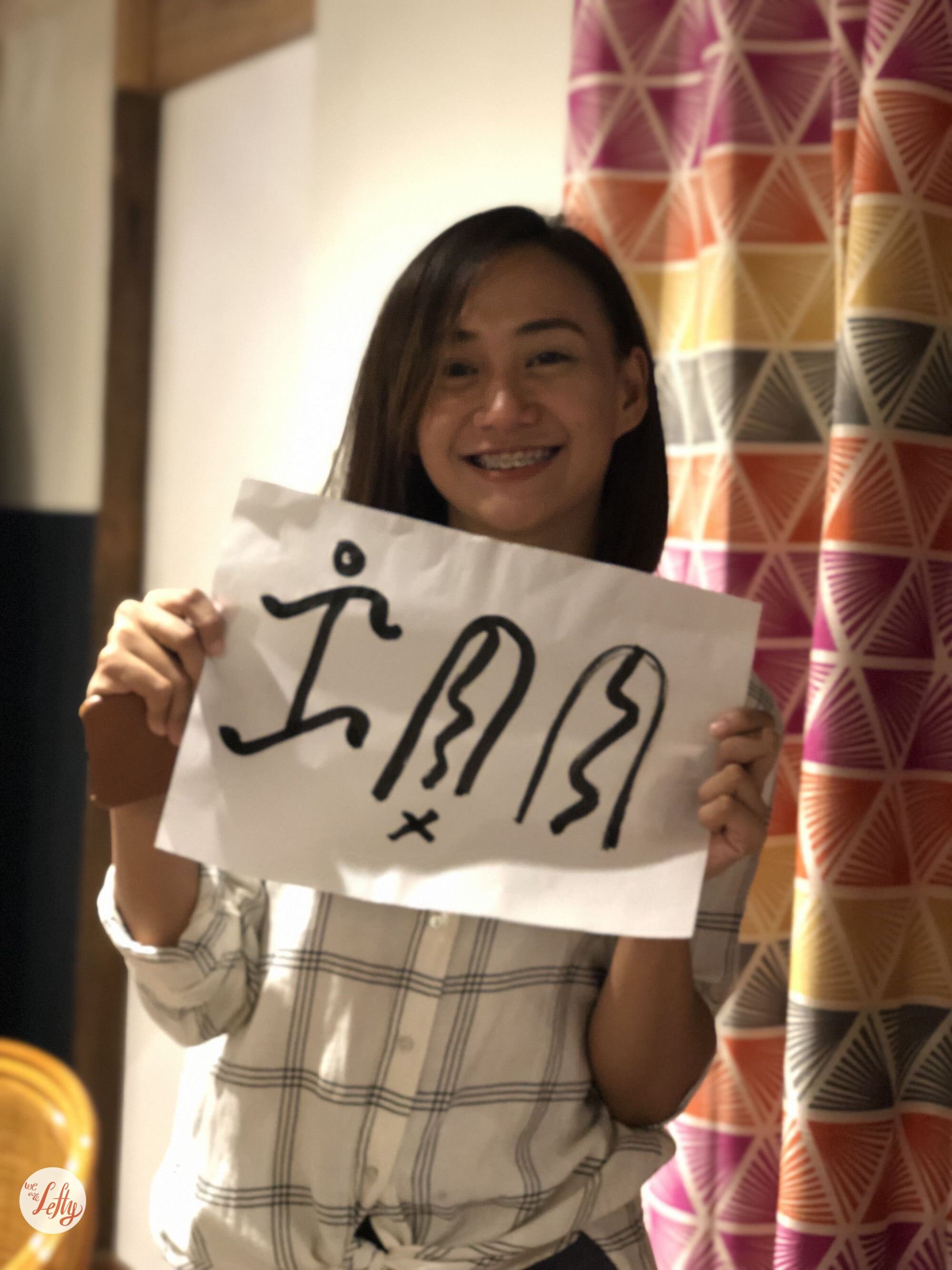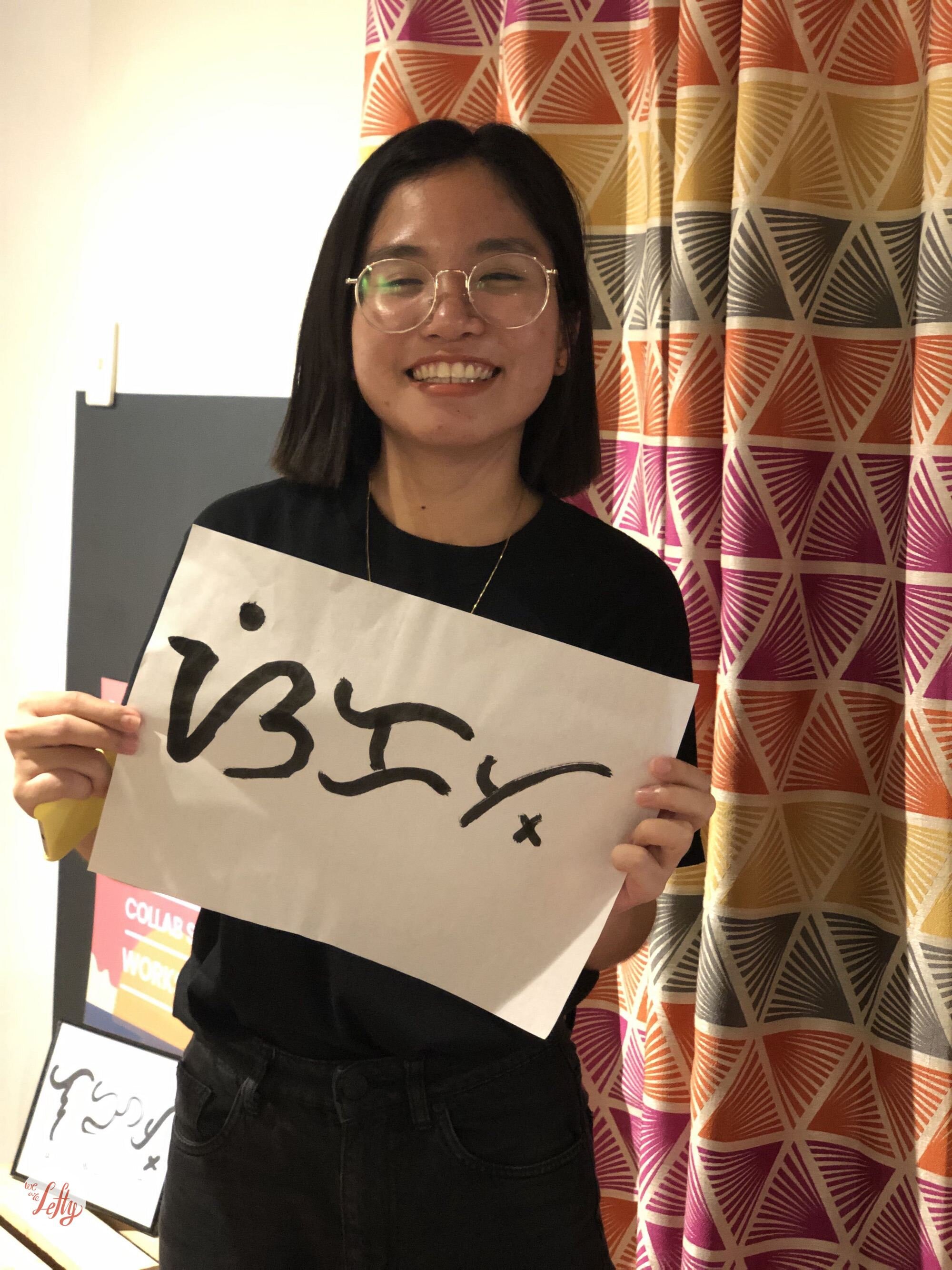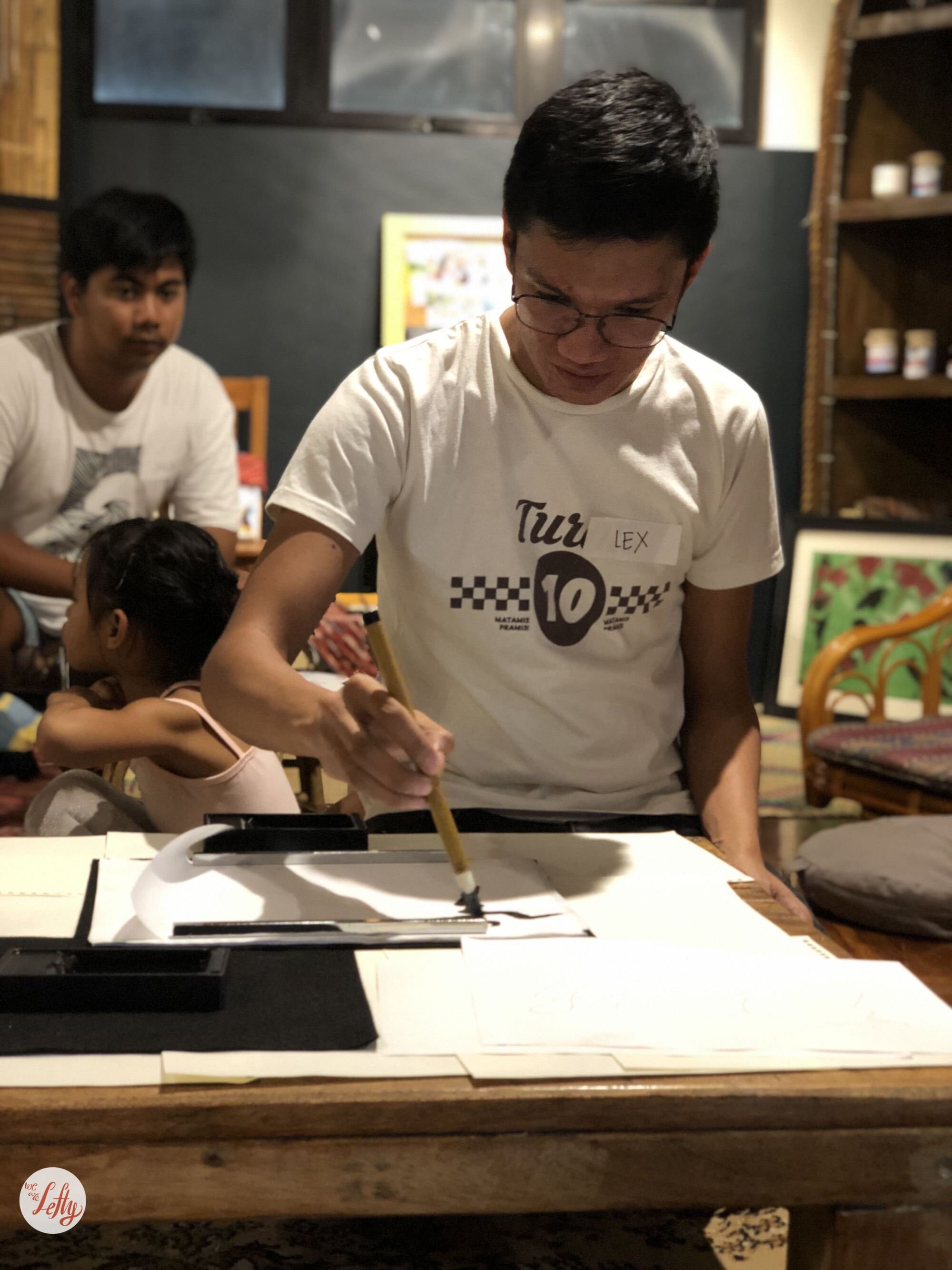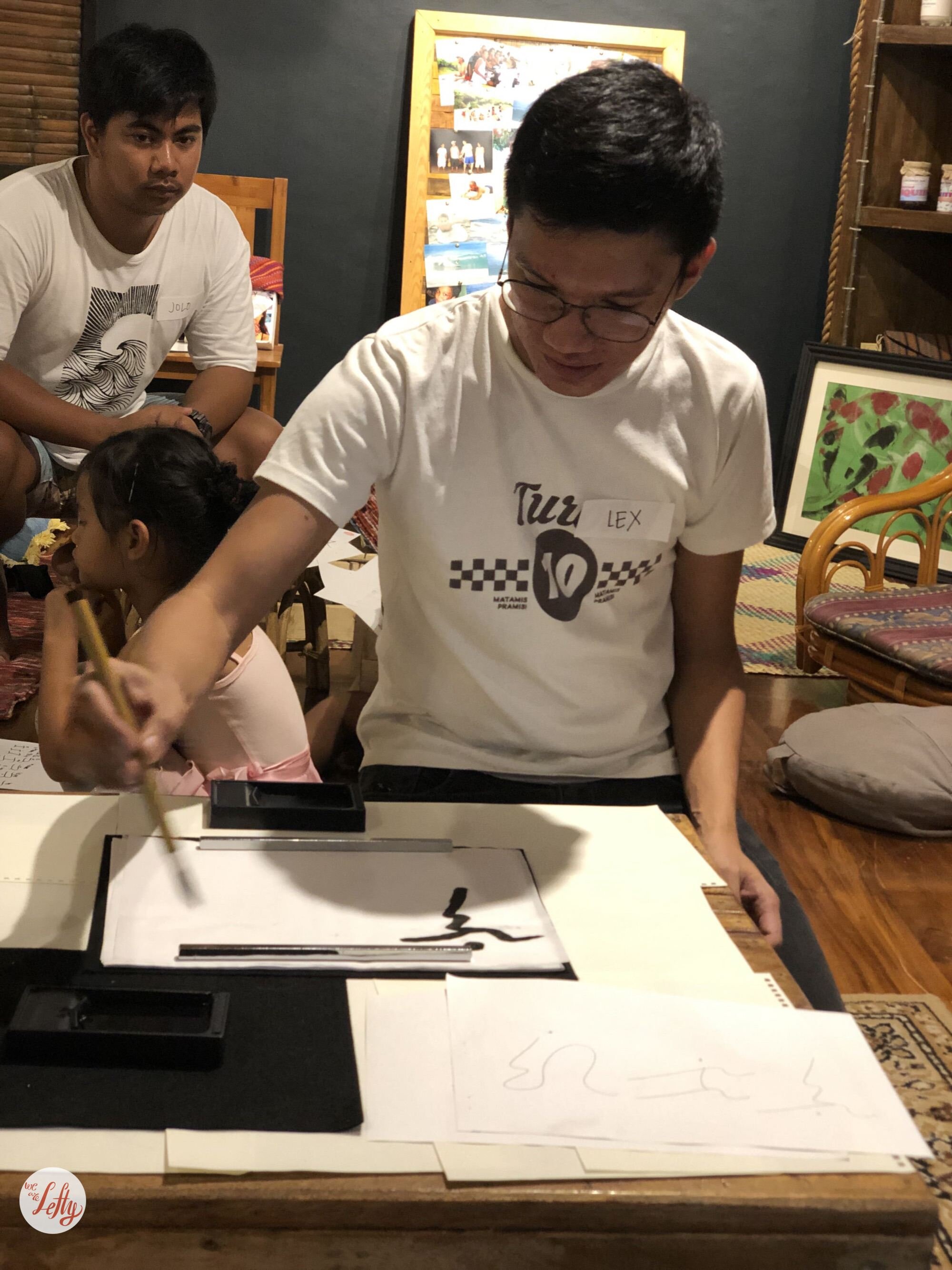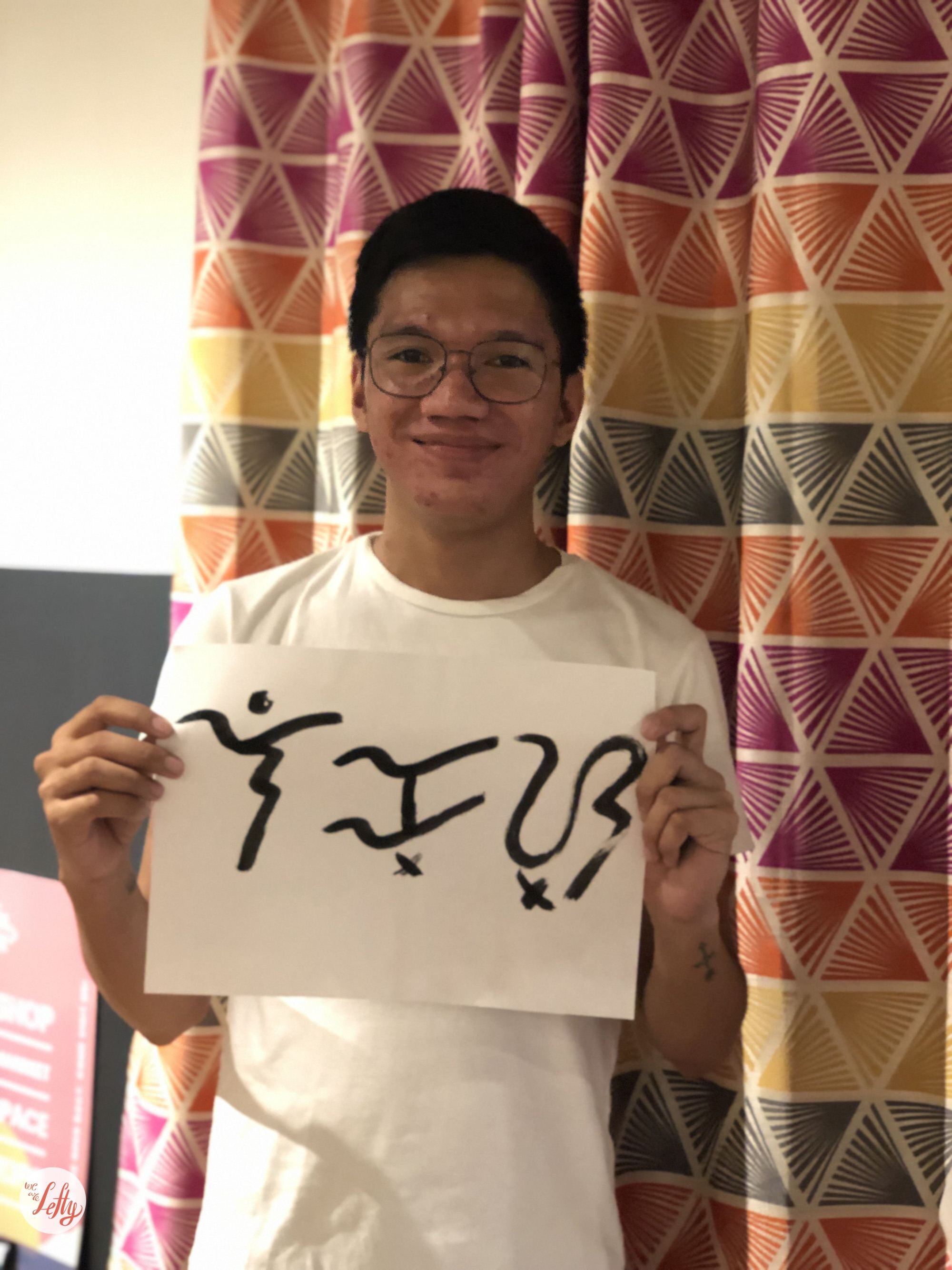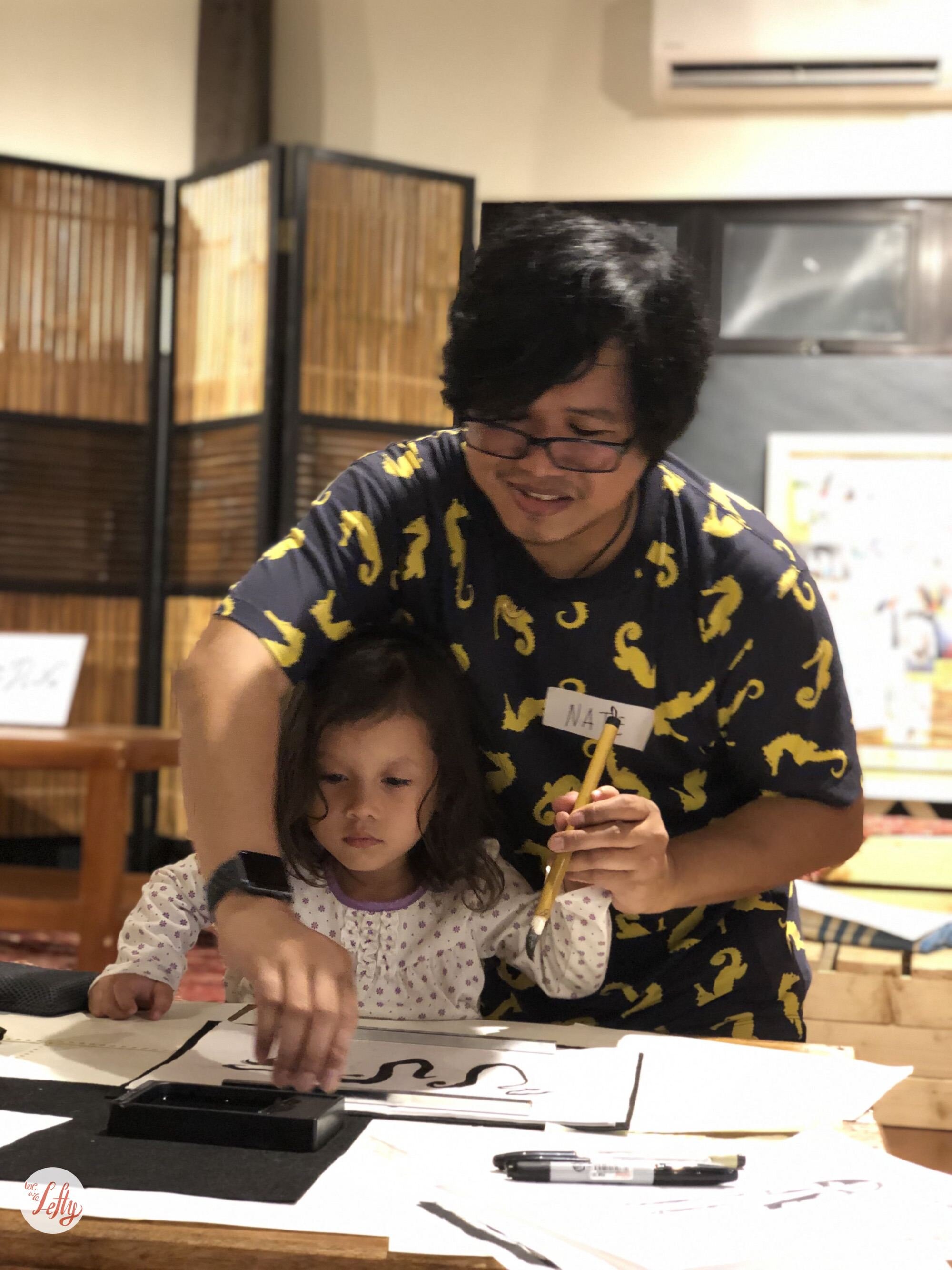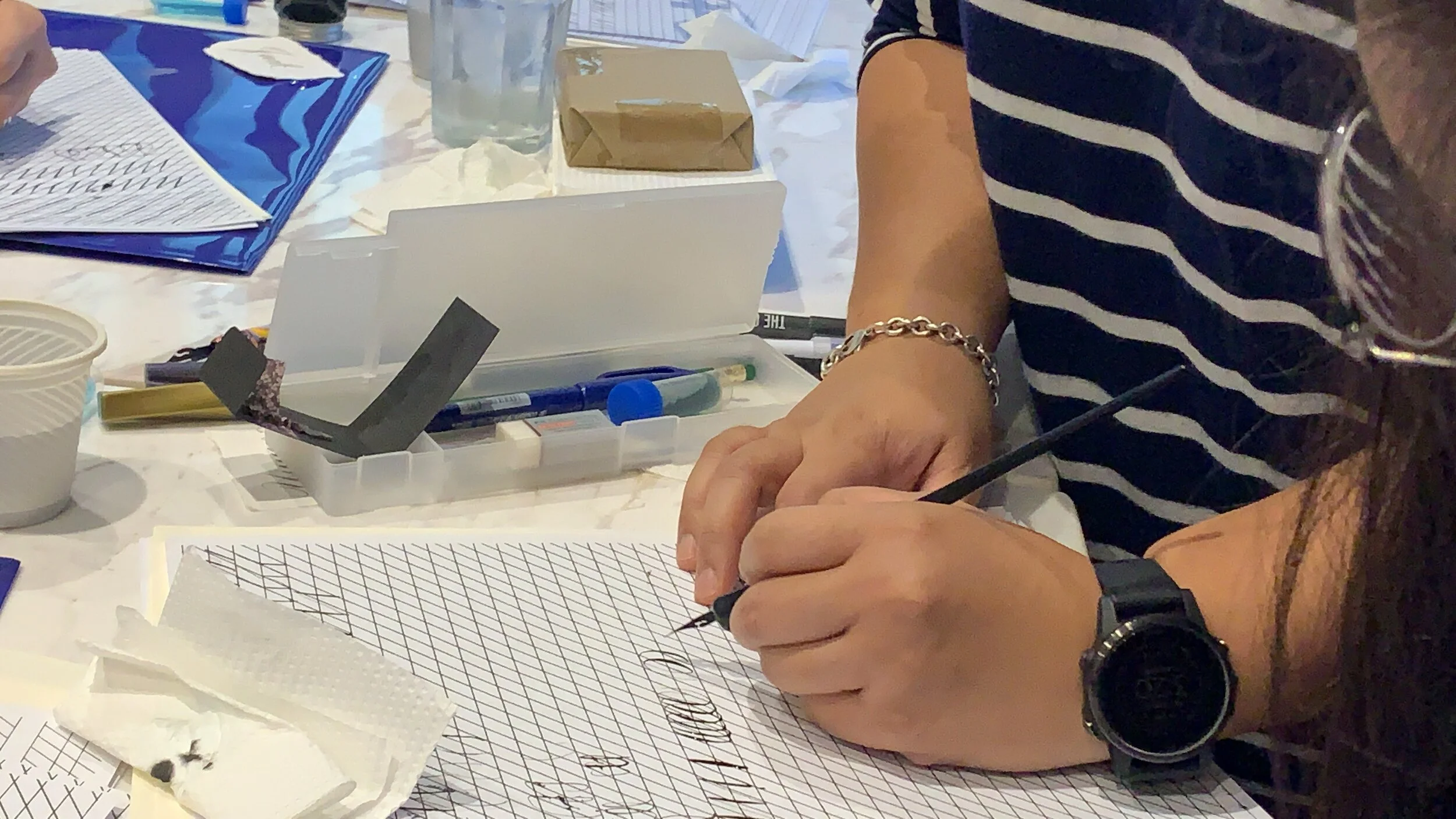Baybayin Workshop at La Union
During my research on the pre-colonial Philippines, I’ve found out how the Spanish Friars were able to propagate Christianity by translating Doctrina Christiana to Baybayin and how they systematically destroyed our writing system but also saved it in the process. Our ancestors used a sharp pointed object to write on bamboo, bark, and palm leaves containing documents and short messages, making it temporary and vulnerable to natural elements thru time. Through the careful documentation and modifications of the Spaniards, it survived throughout the generations and used by our Revolutionaries to discreetly write messages to each other. I was inspired to revisit and teach Baybayin because of the lovely execution of people in using Baybayin as tattoo, menu, signage, logos and even in our government agency containing Baybayin inspired logos or a the proverb written in our new Philippine passport. Unfortunately, there are only a handful of people who can read and write Baybayin, and it inspired me to teach other people how easy and fun it is to learn our old Tagalog writing system.
Baybayin was one of the 16 known writing systems in the Philippines. It disputed the fact that our ancestors were uncivilized and uneducated when they arrived. Learning Baybayin gives us an idea of the rich culture of our heritage even from the pre-colonial period up to modern time. Today, Baybayin is used as a form of expression and for art creation. Baybayin, as a writing system, has evolved from a tool to communicate to express our identity. By using Baybayin as a form of communication or as a form of art and expression, shows how rich our culture and heritage as a Filipinos.
I decided to partner with Open House in La Union as I was inspired by the community’s work in San Juan. Open House is dedicated to small businesses that focuses on sustainability and empowering the community. Our first workshop was dedicated to the locals of La Union that we decided to create a “pay-whatever-you-want” model. With the payment model, anyone who joins the workshop can pay any amount they can or able to afford. Our participants are a mix of school kids, neighbors, and co-workers from San Fernando. Although, most of the participants are right-handed—we were able to impart the need for left-handed people to be recognize for our difference. This was also the first time that we have the youngest participant for our workshop.
